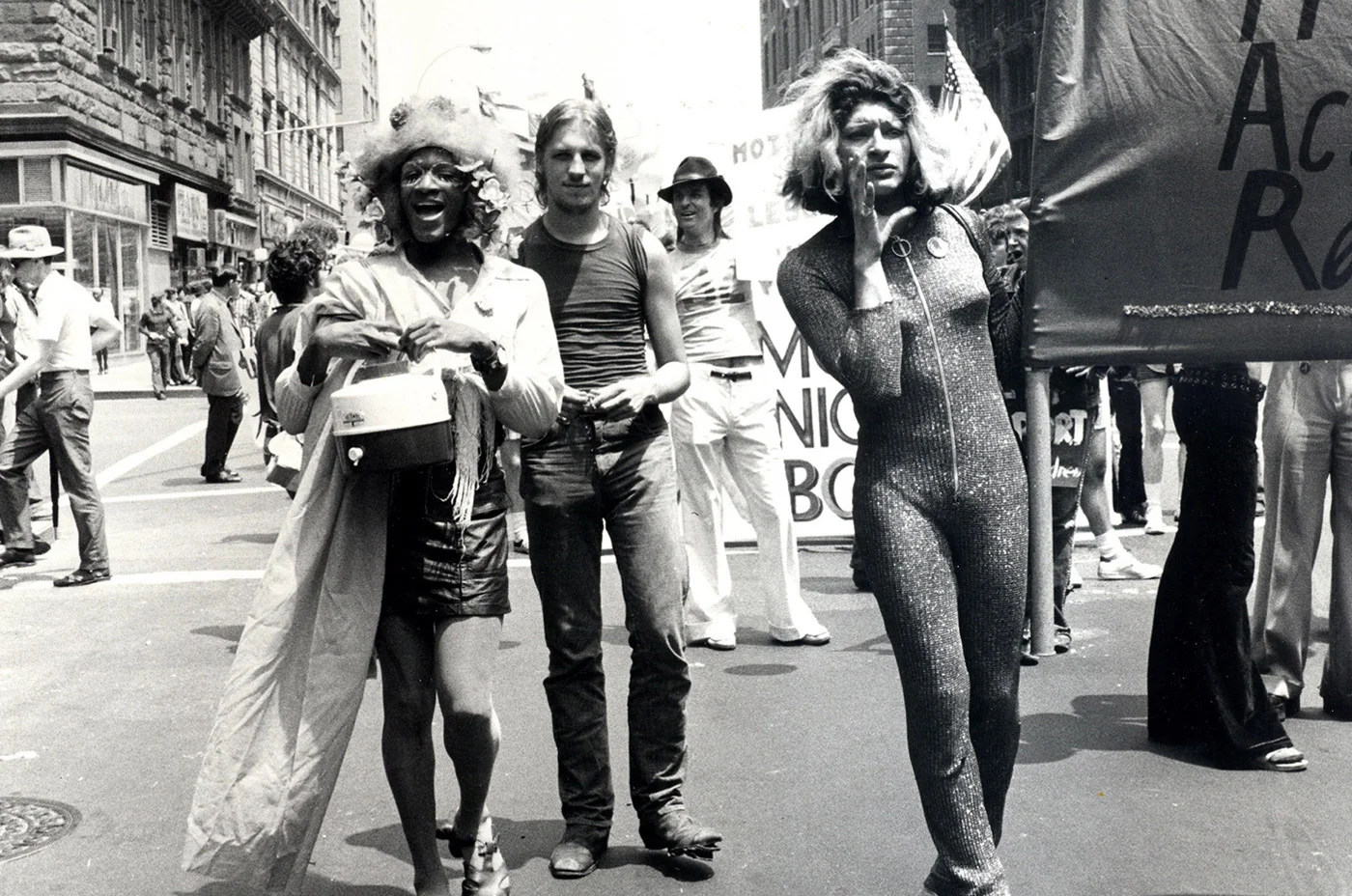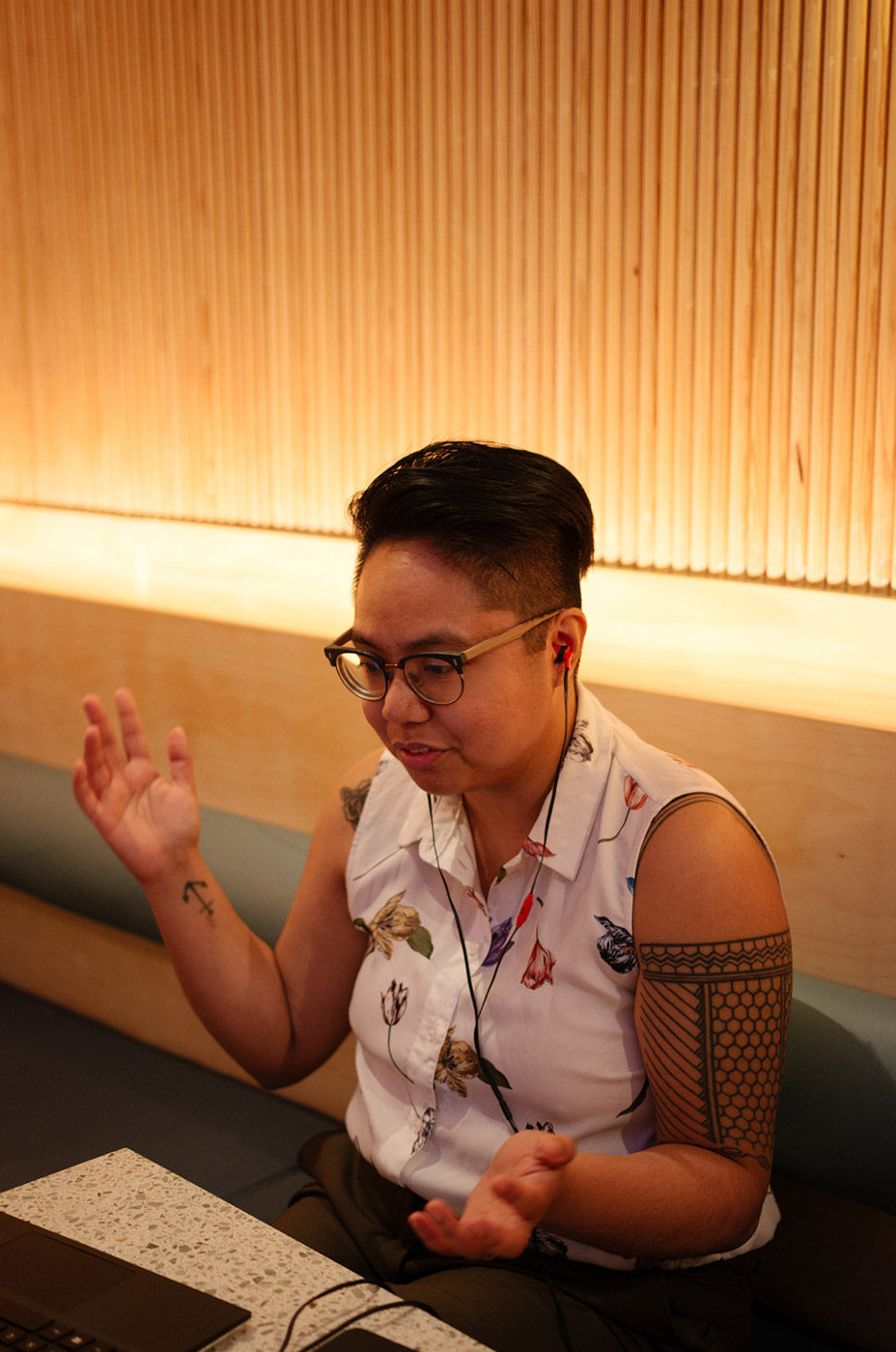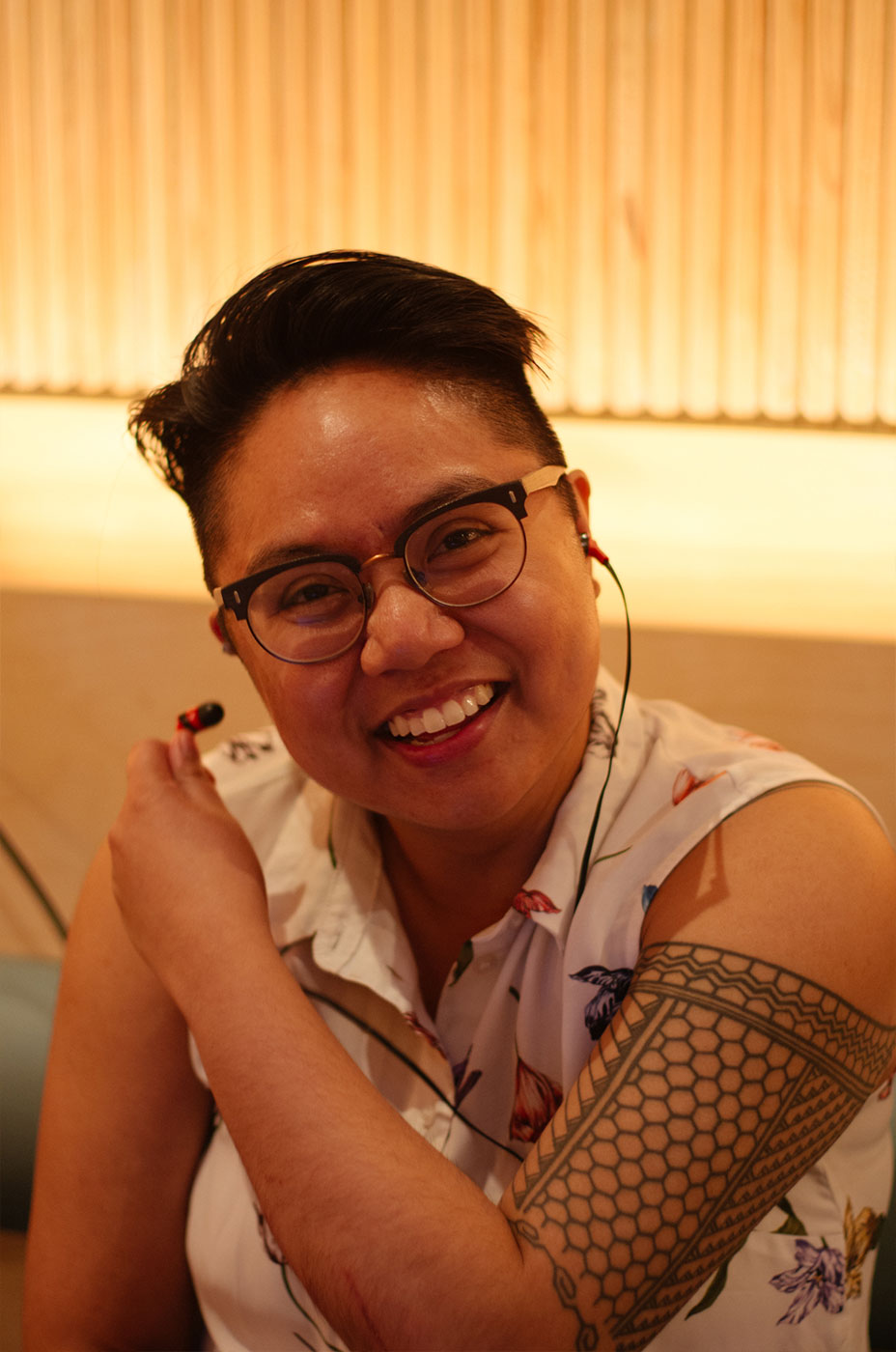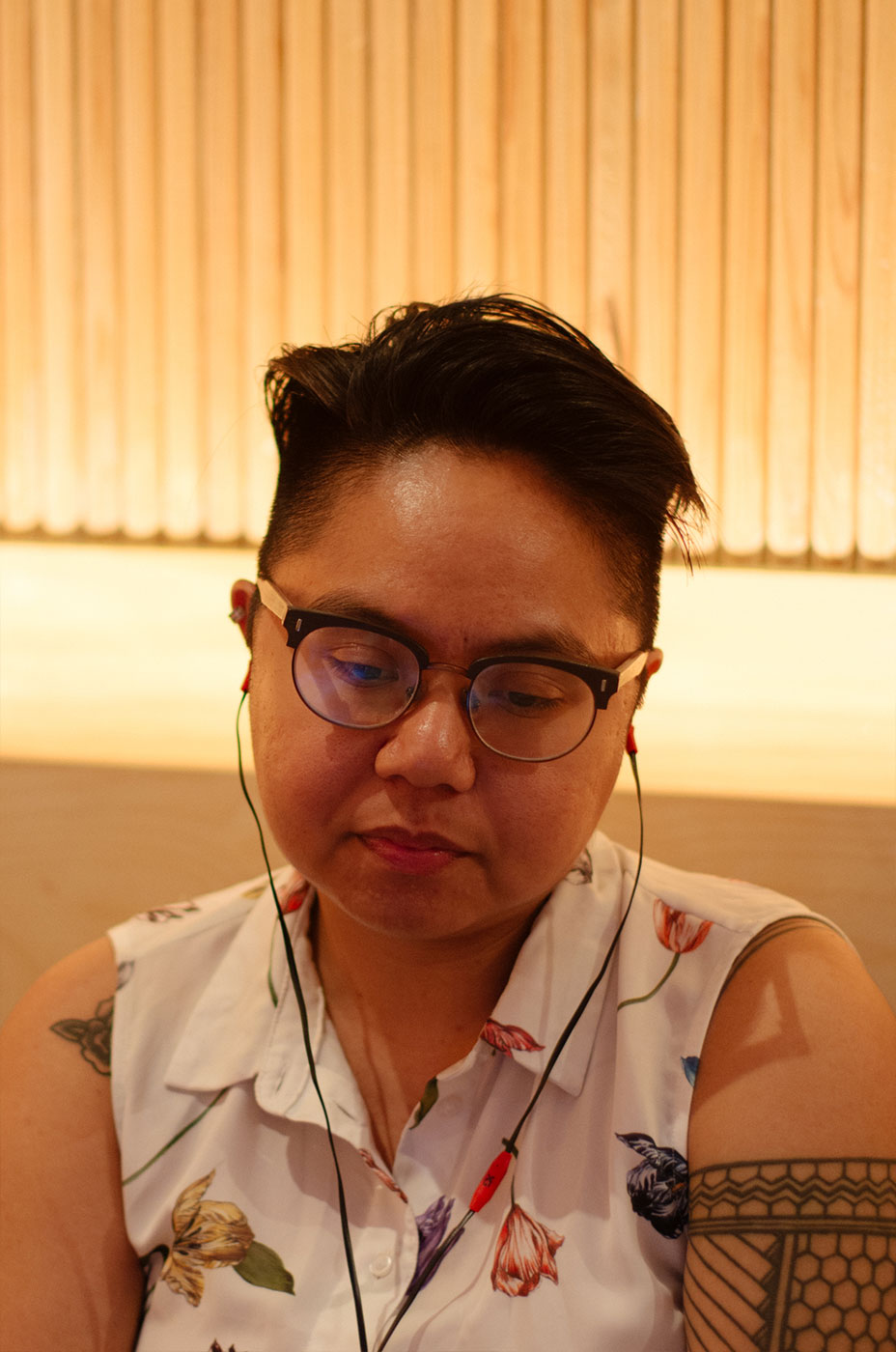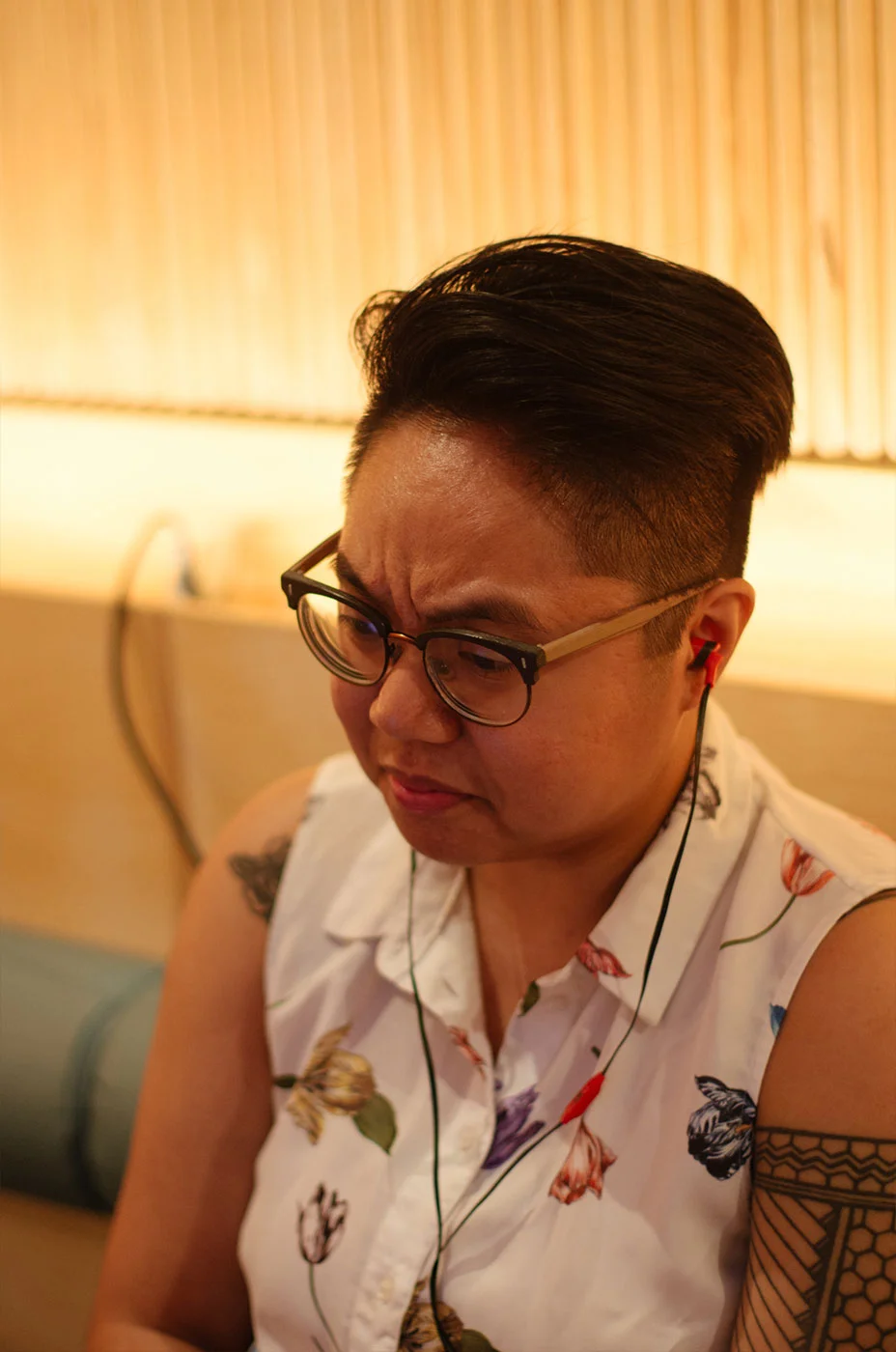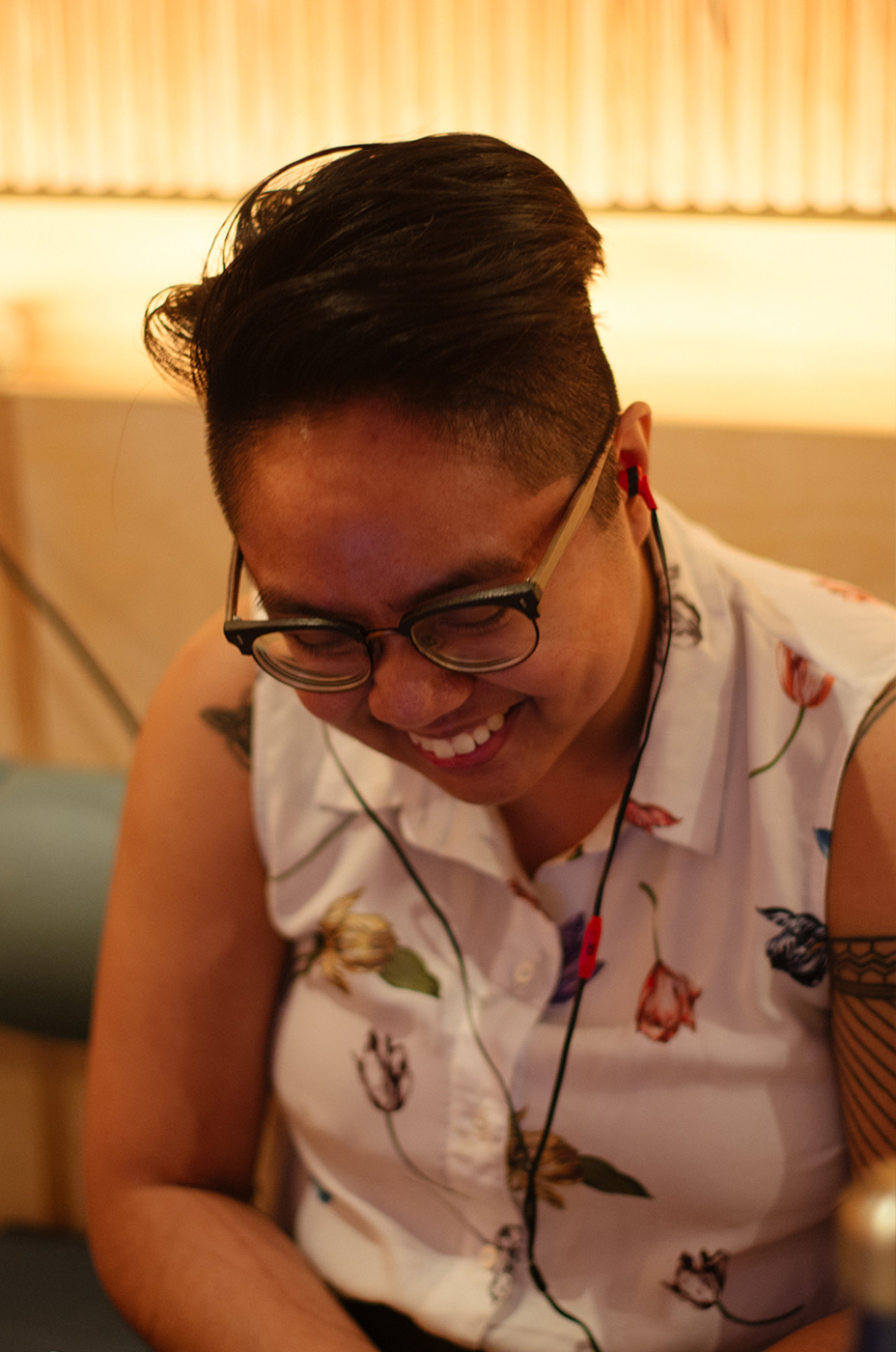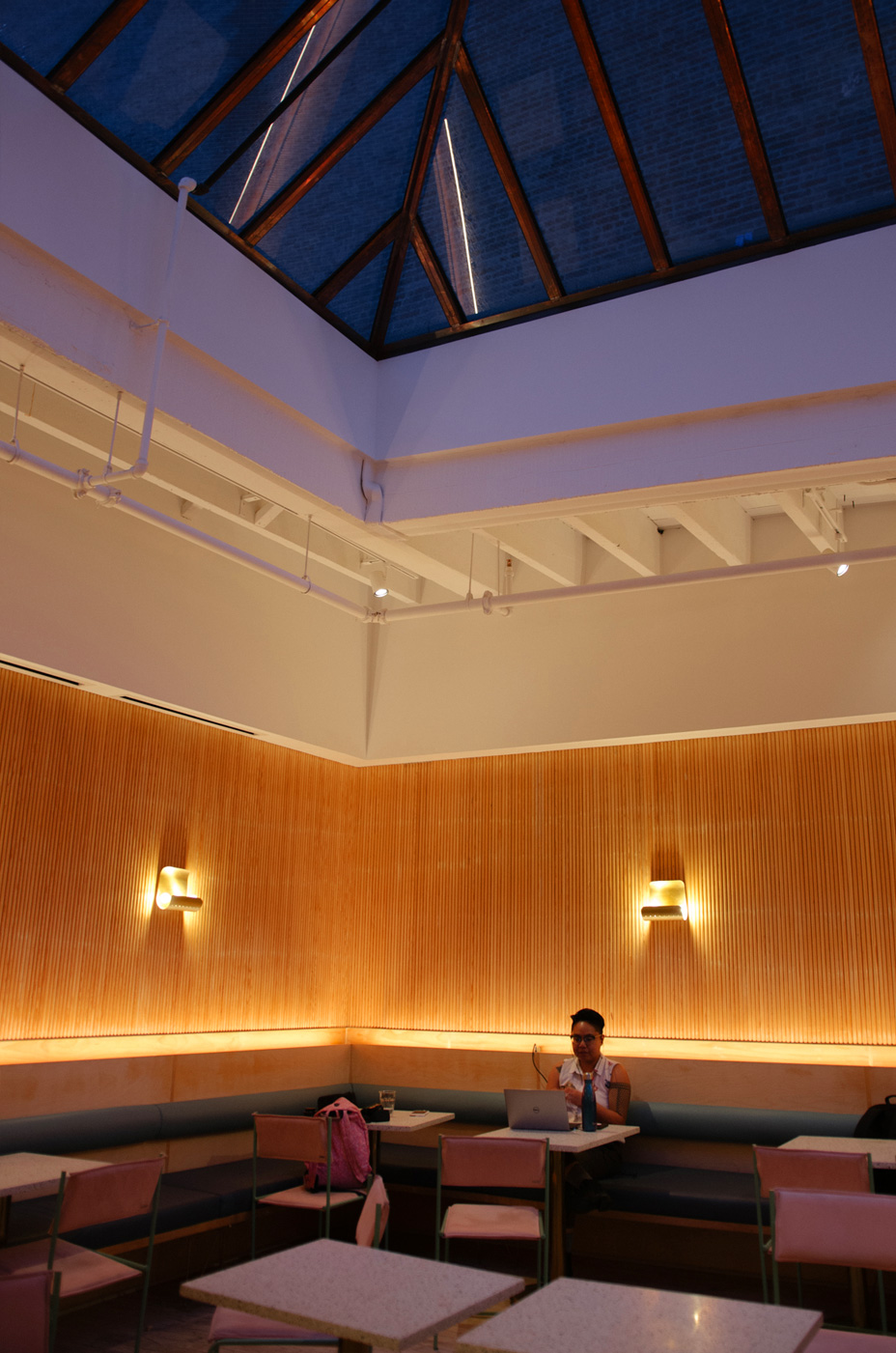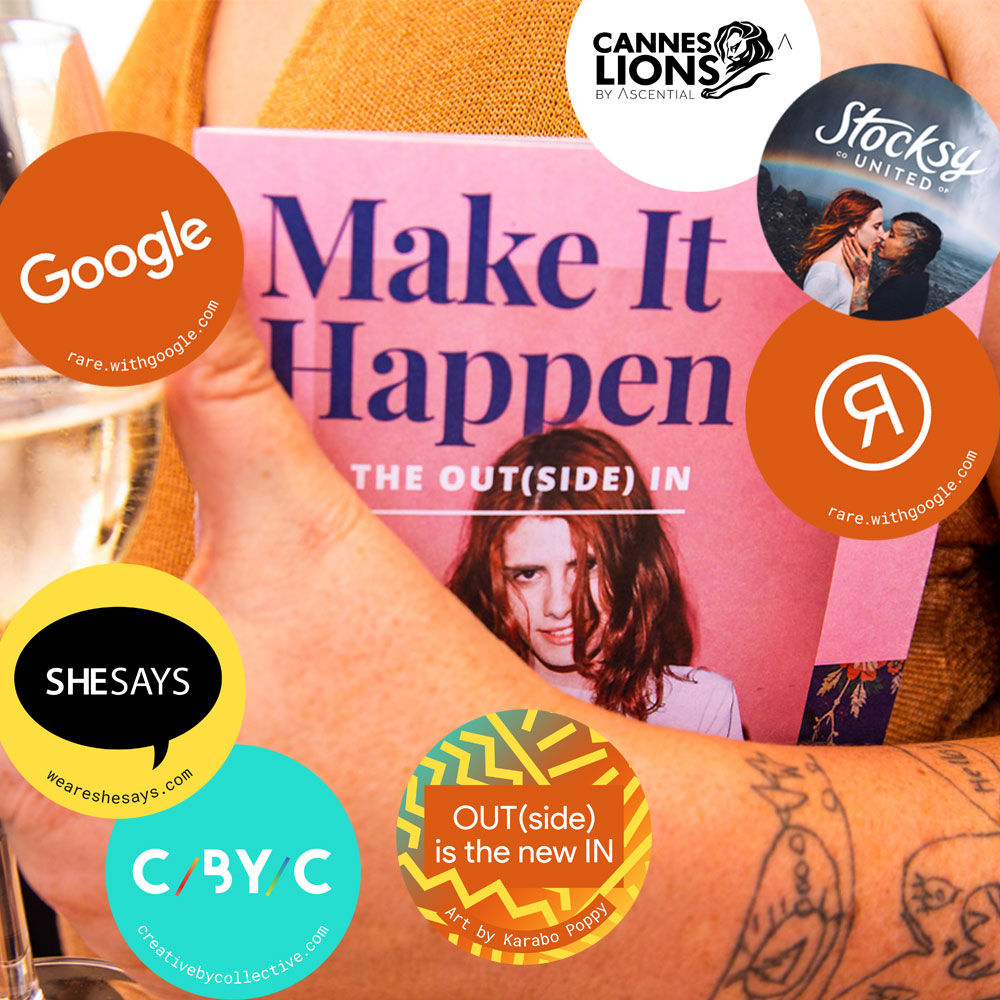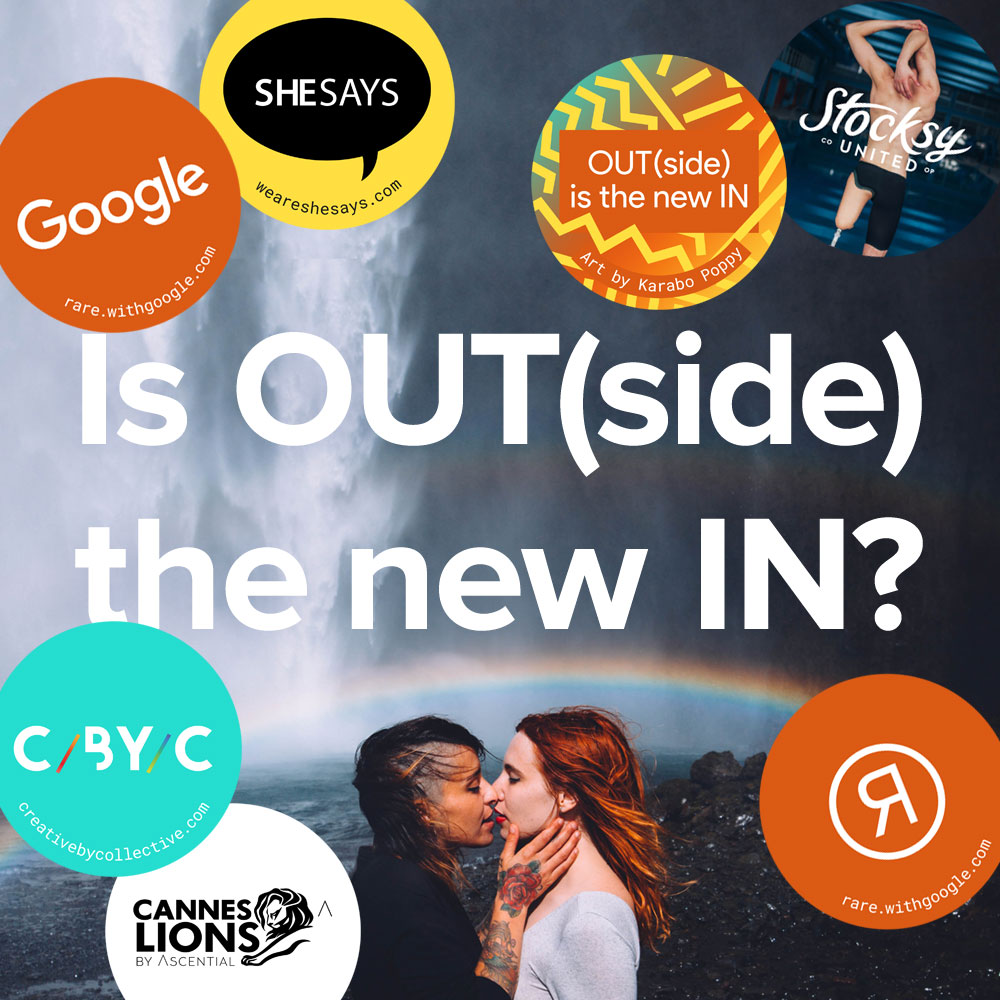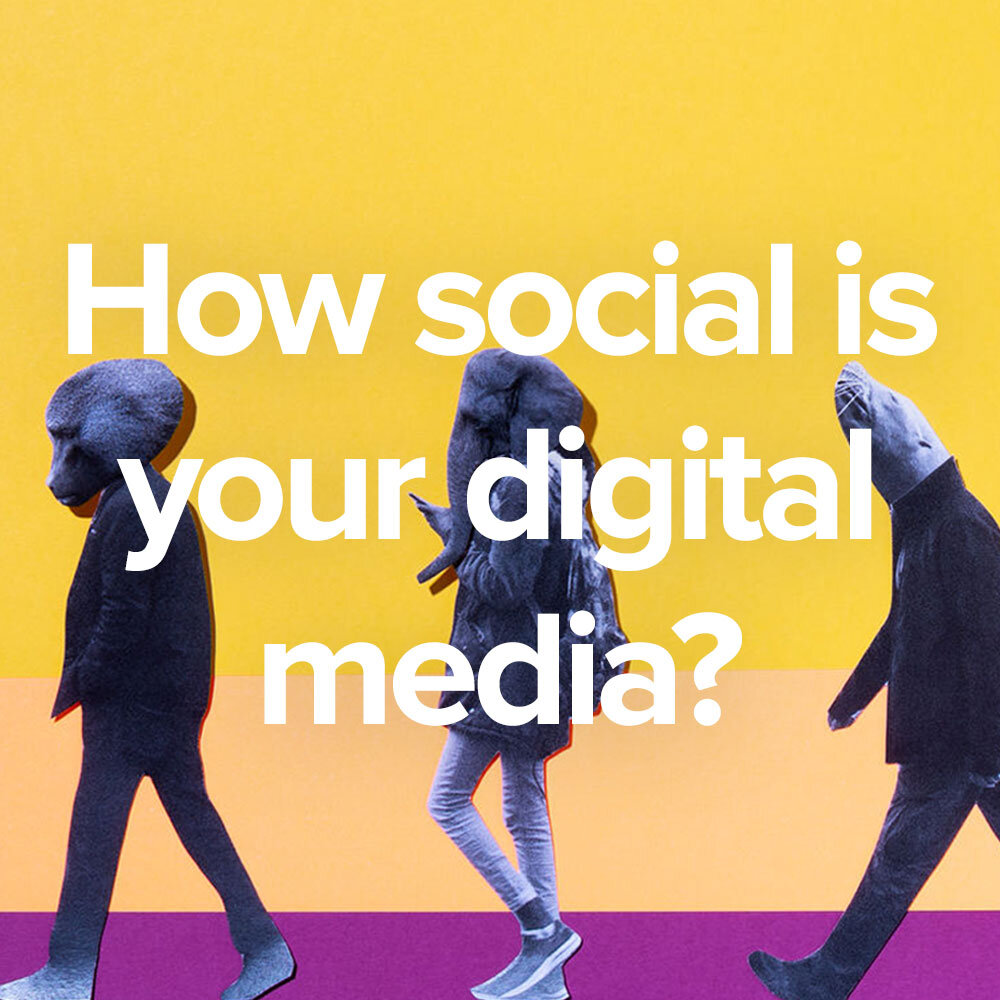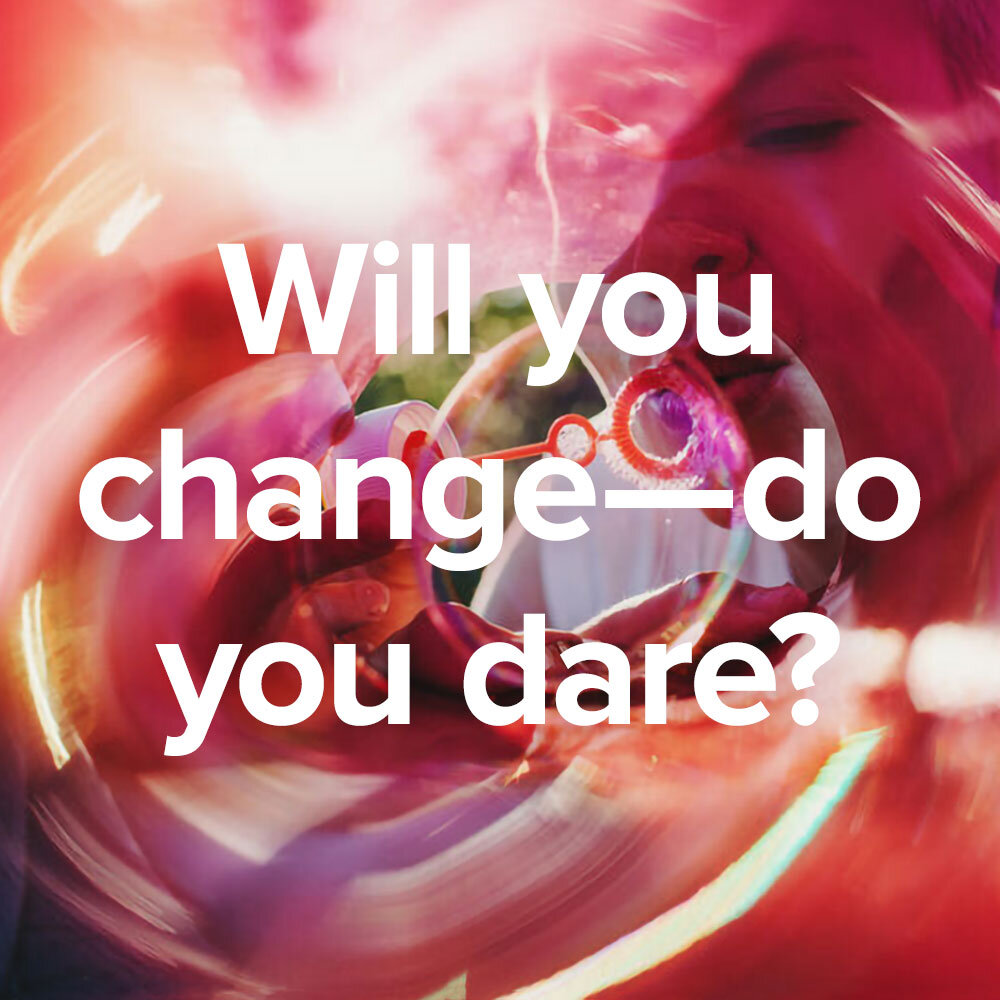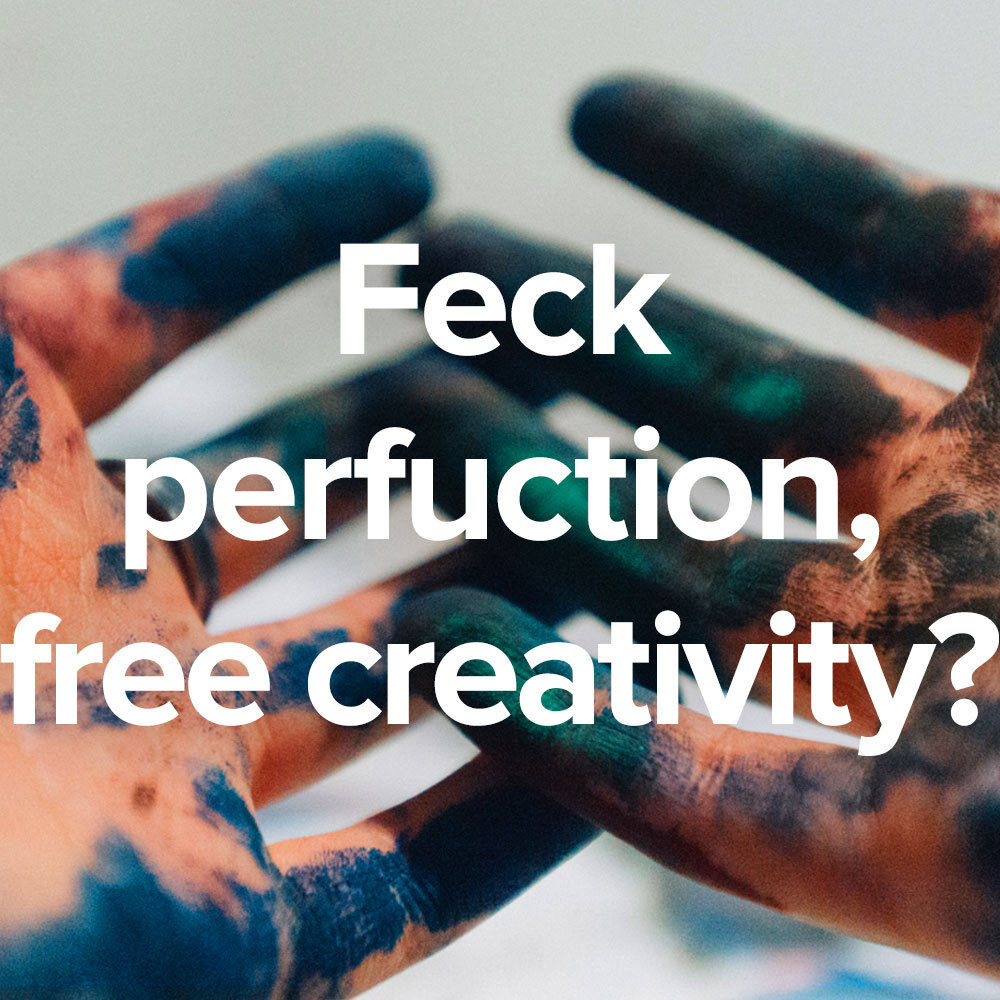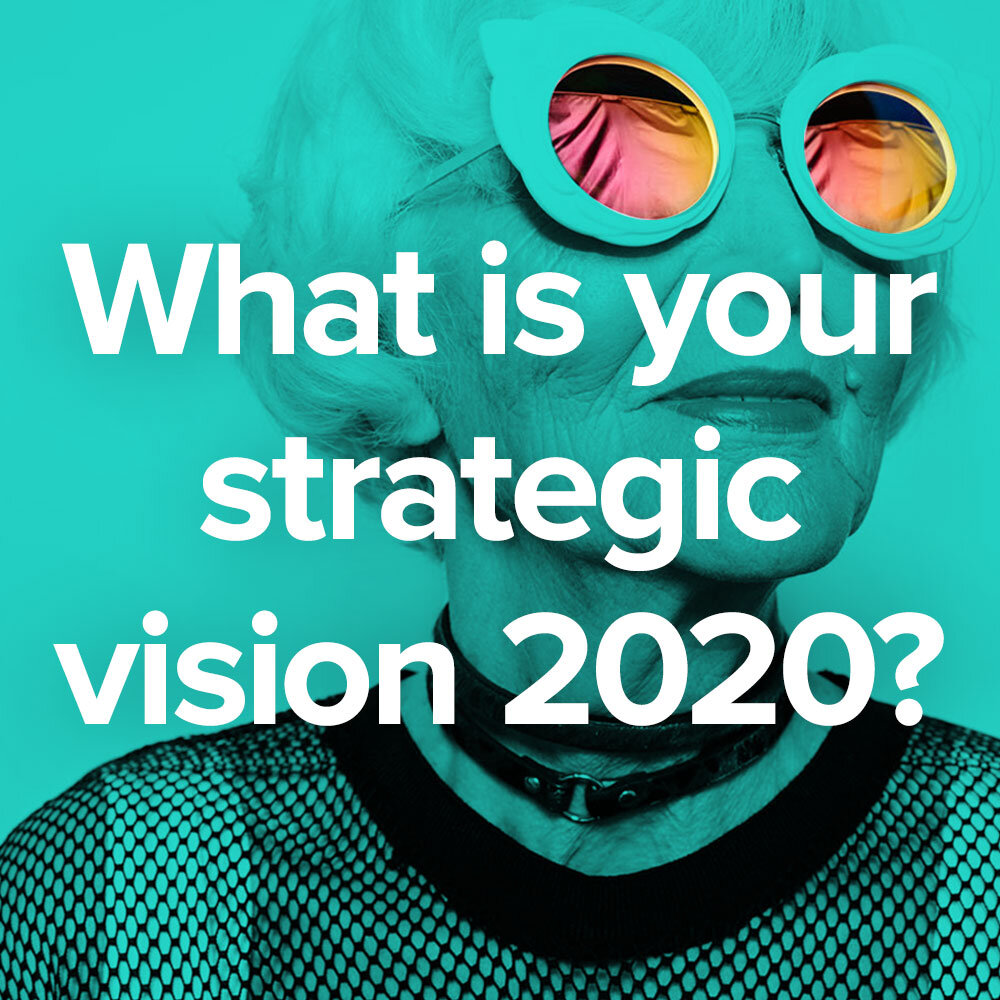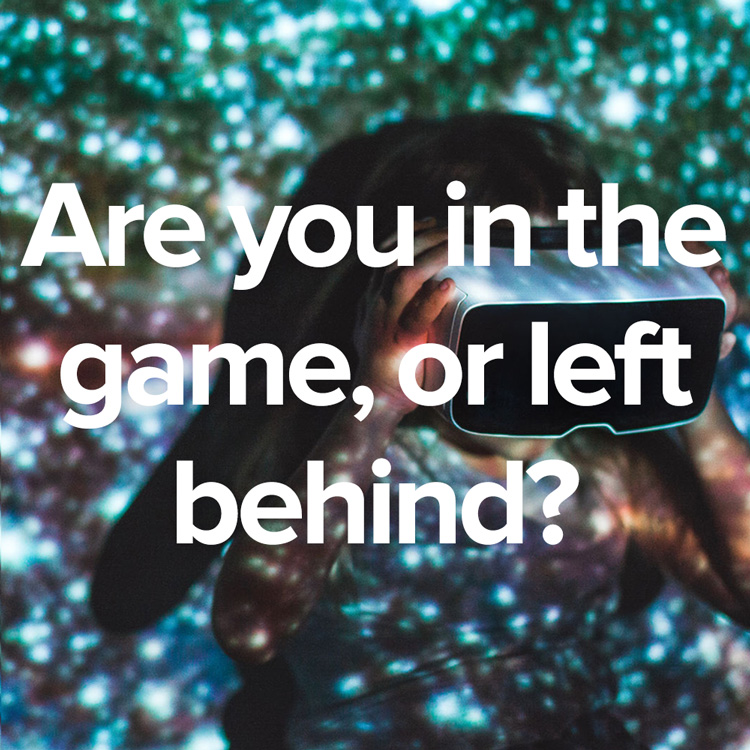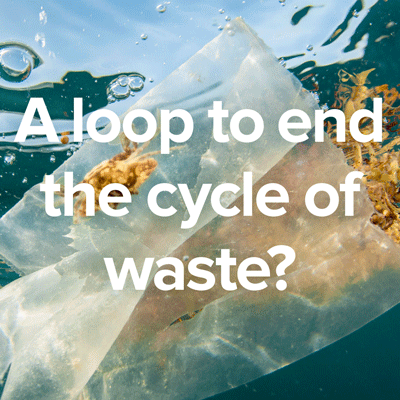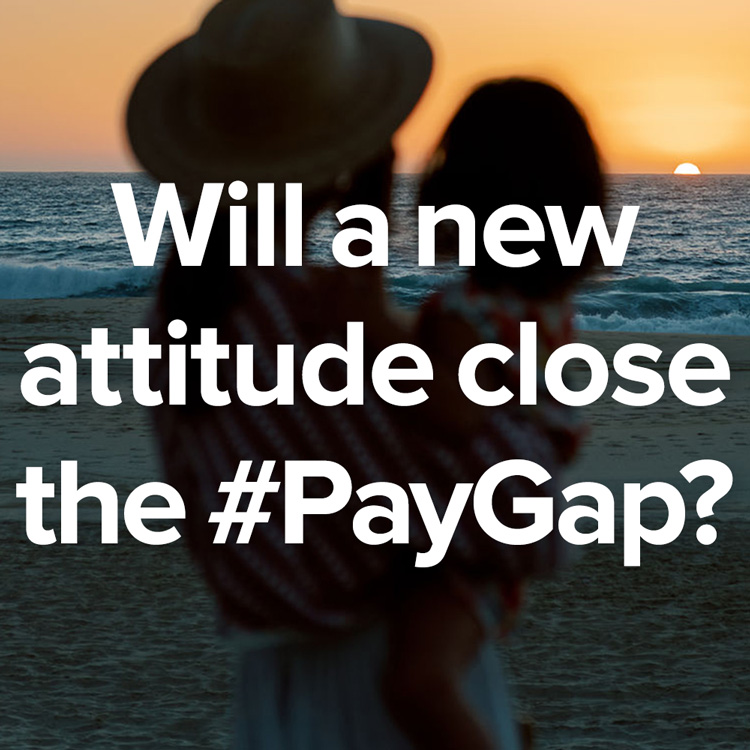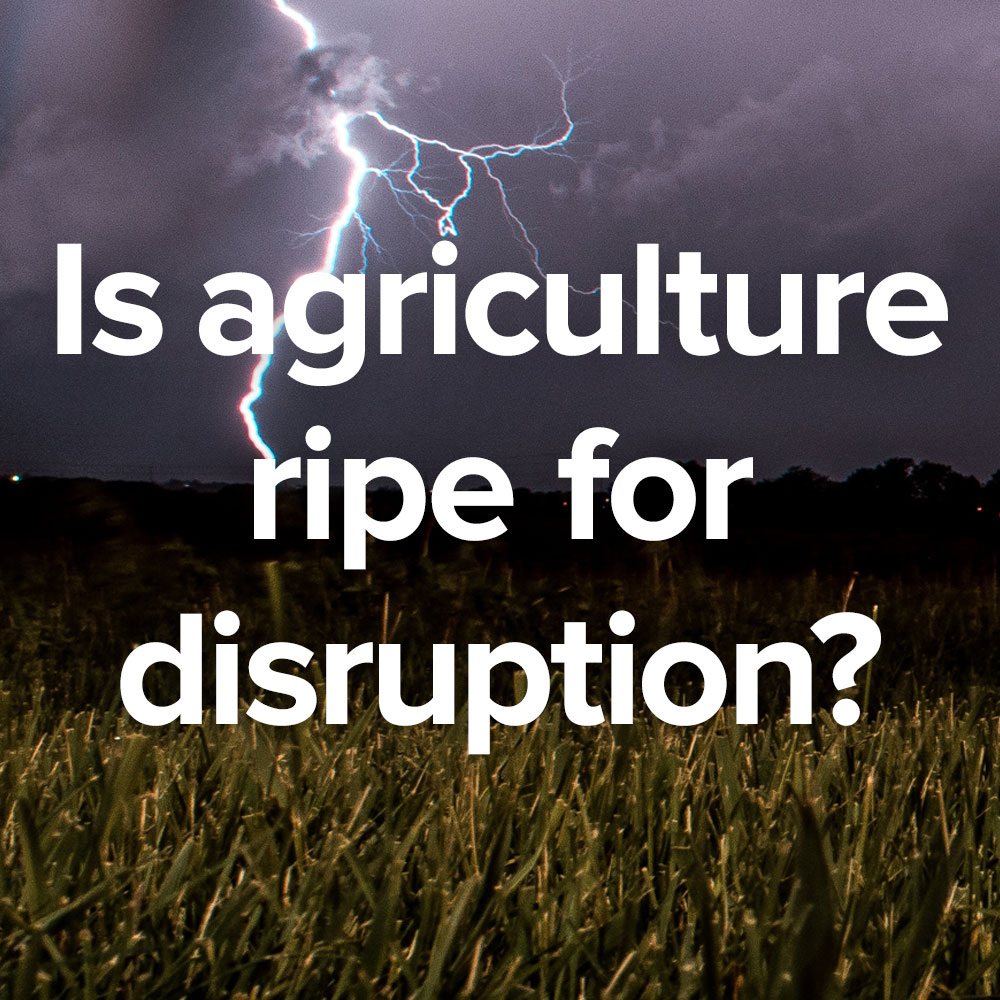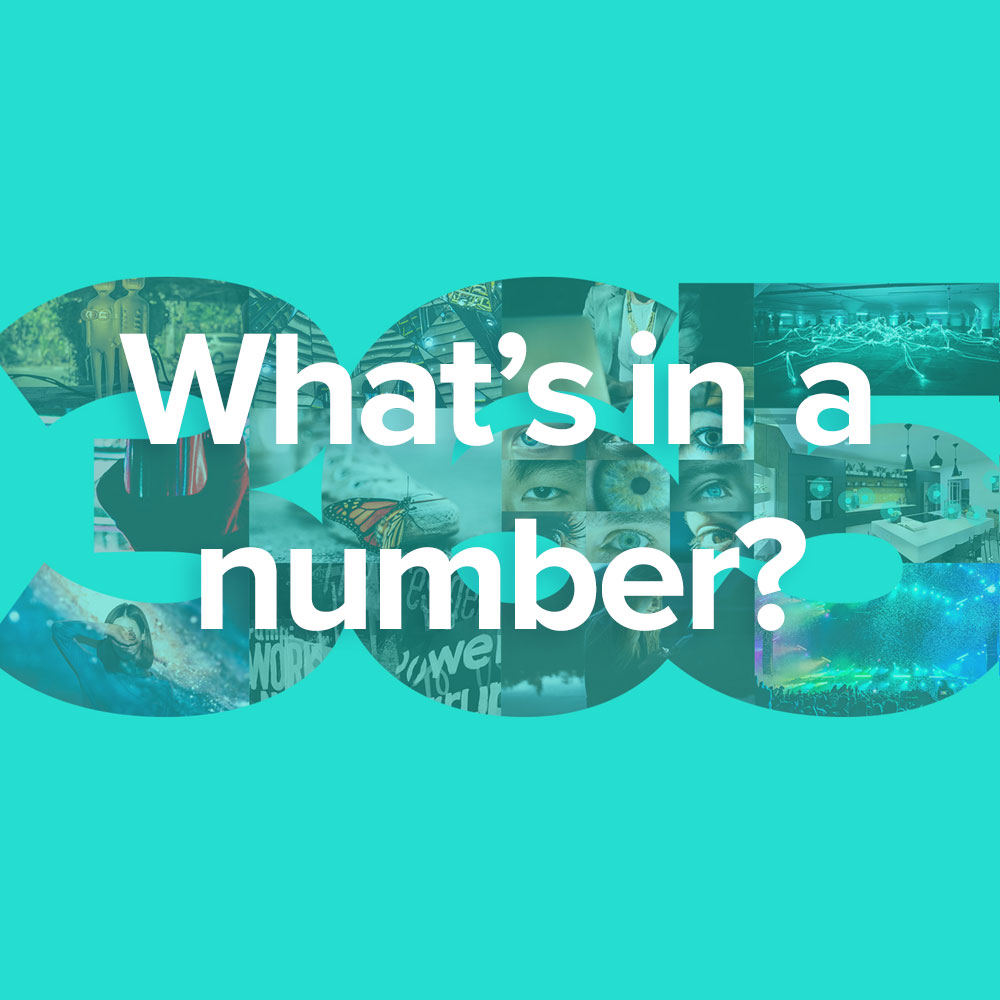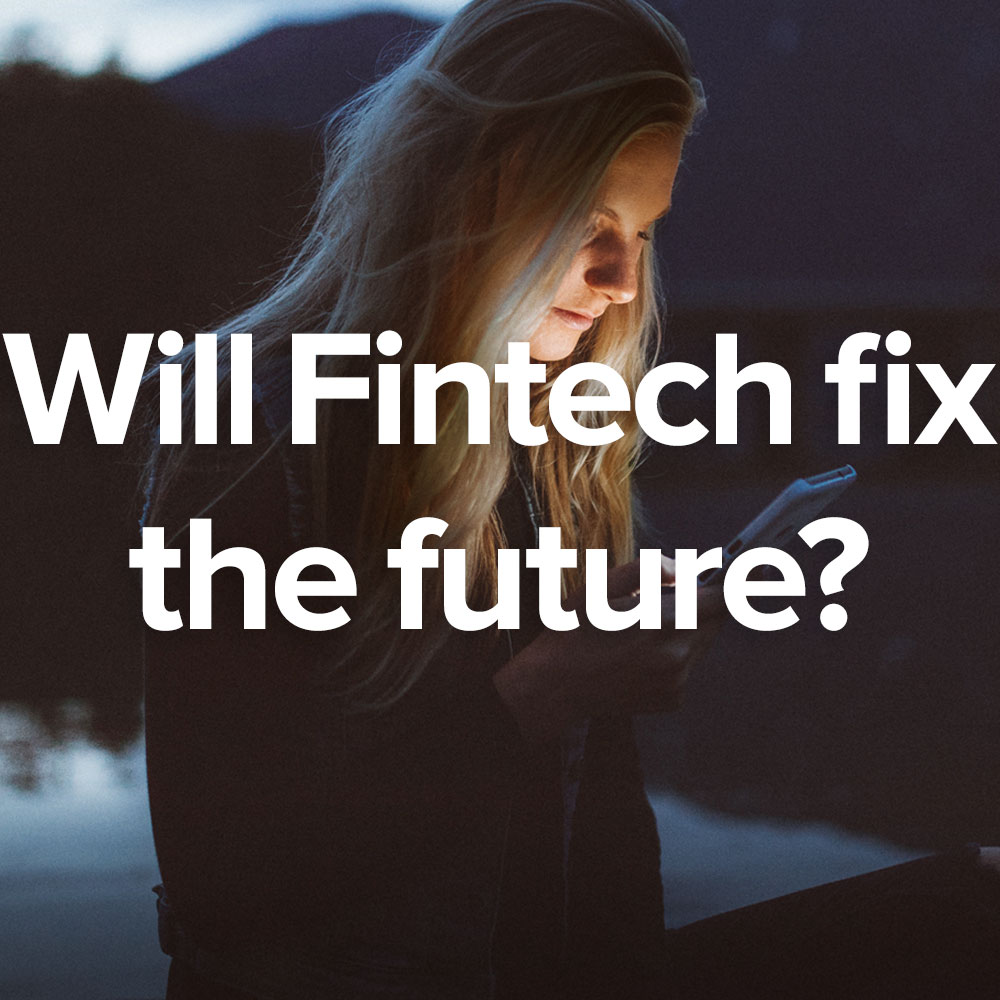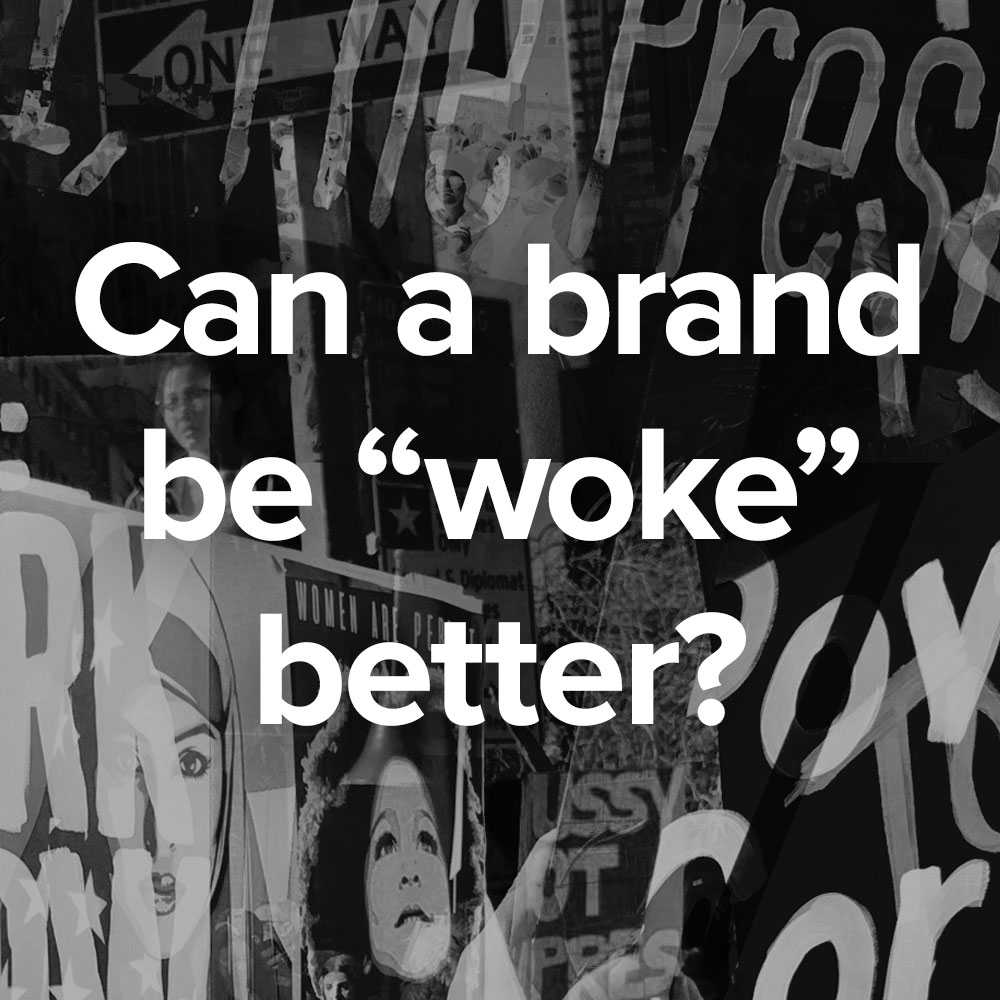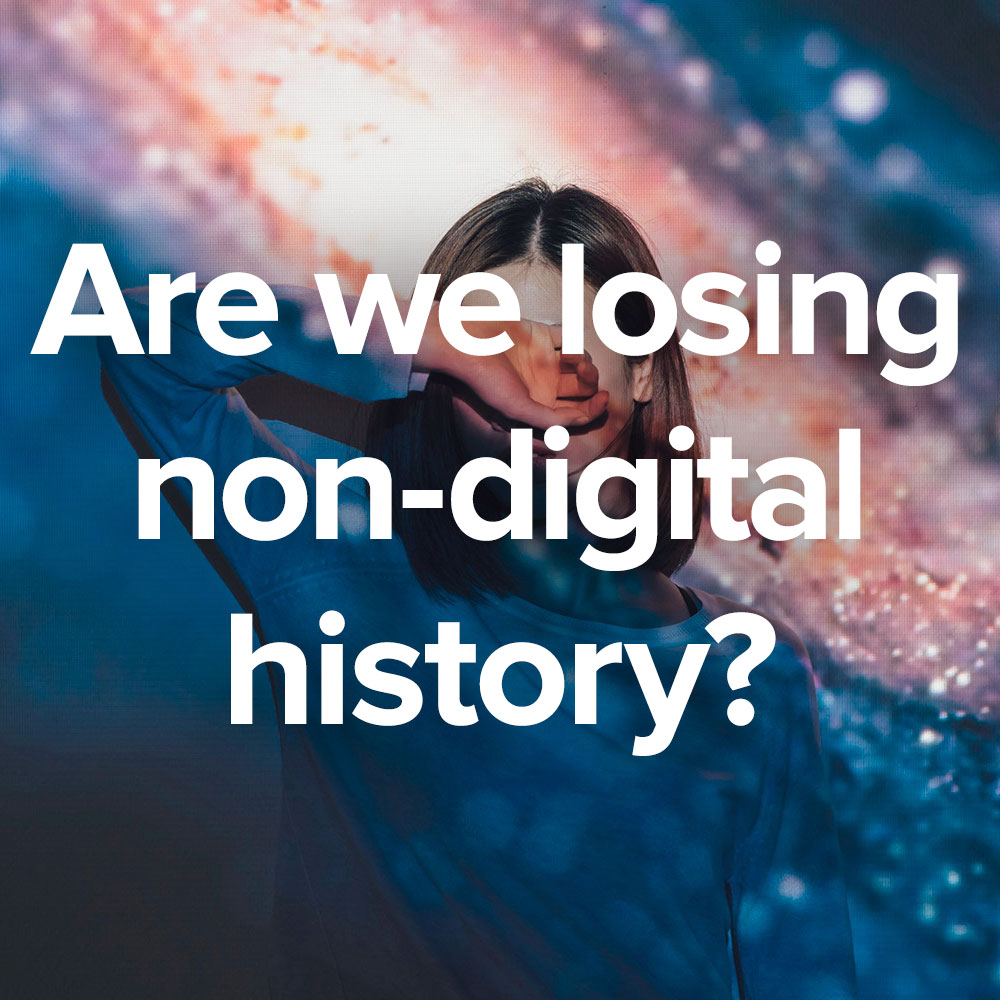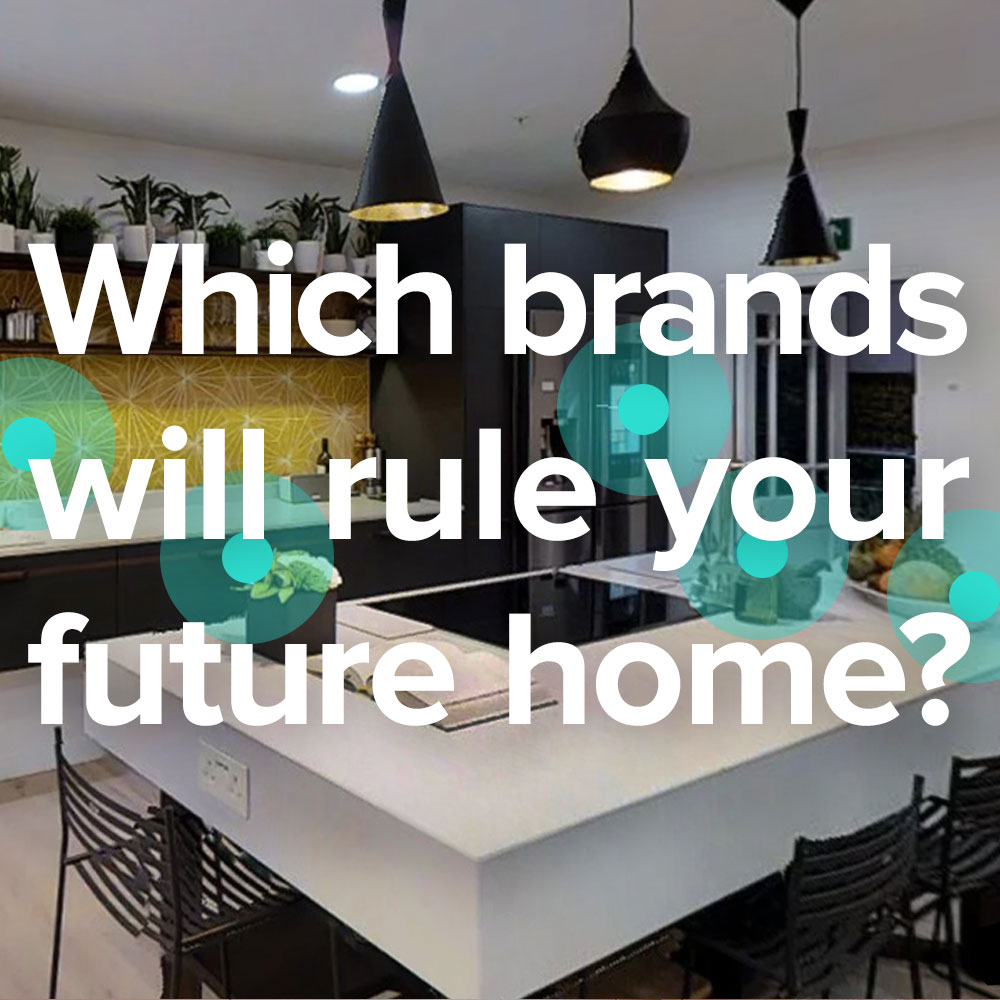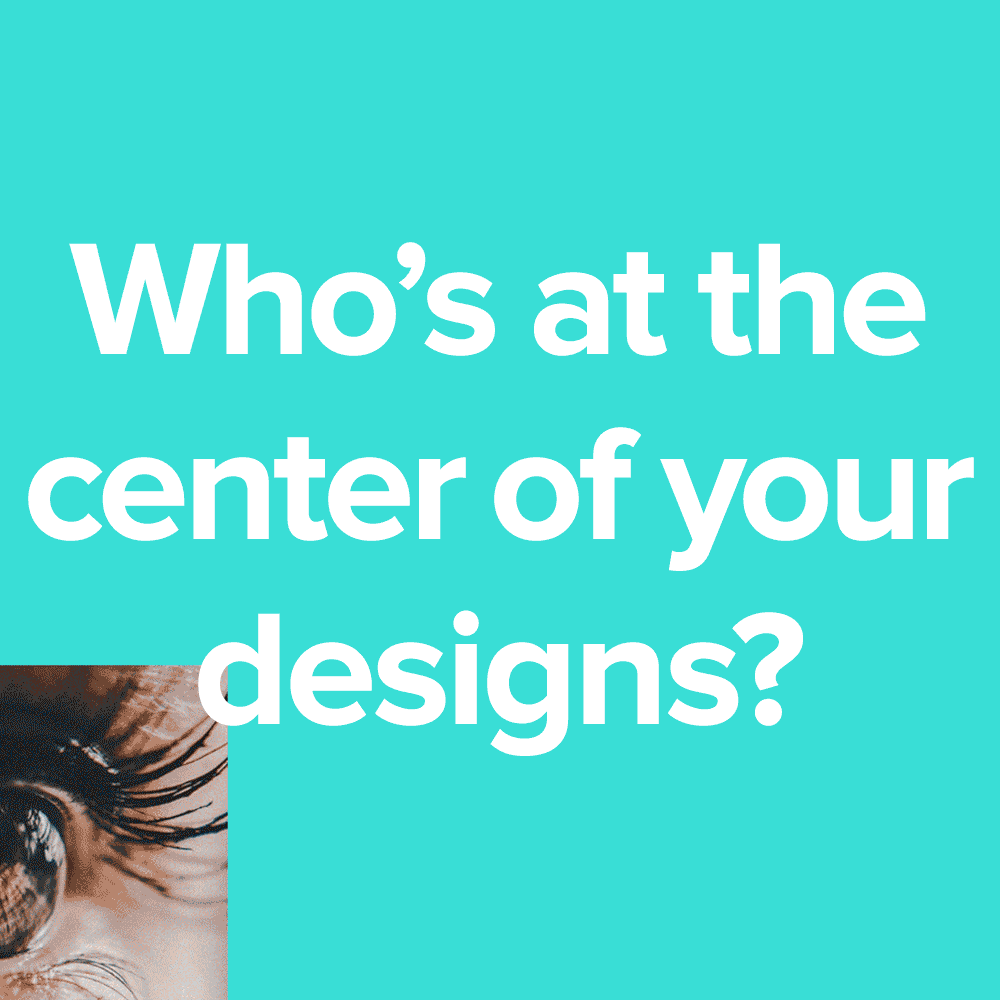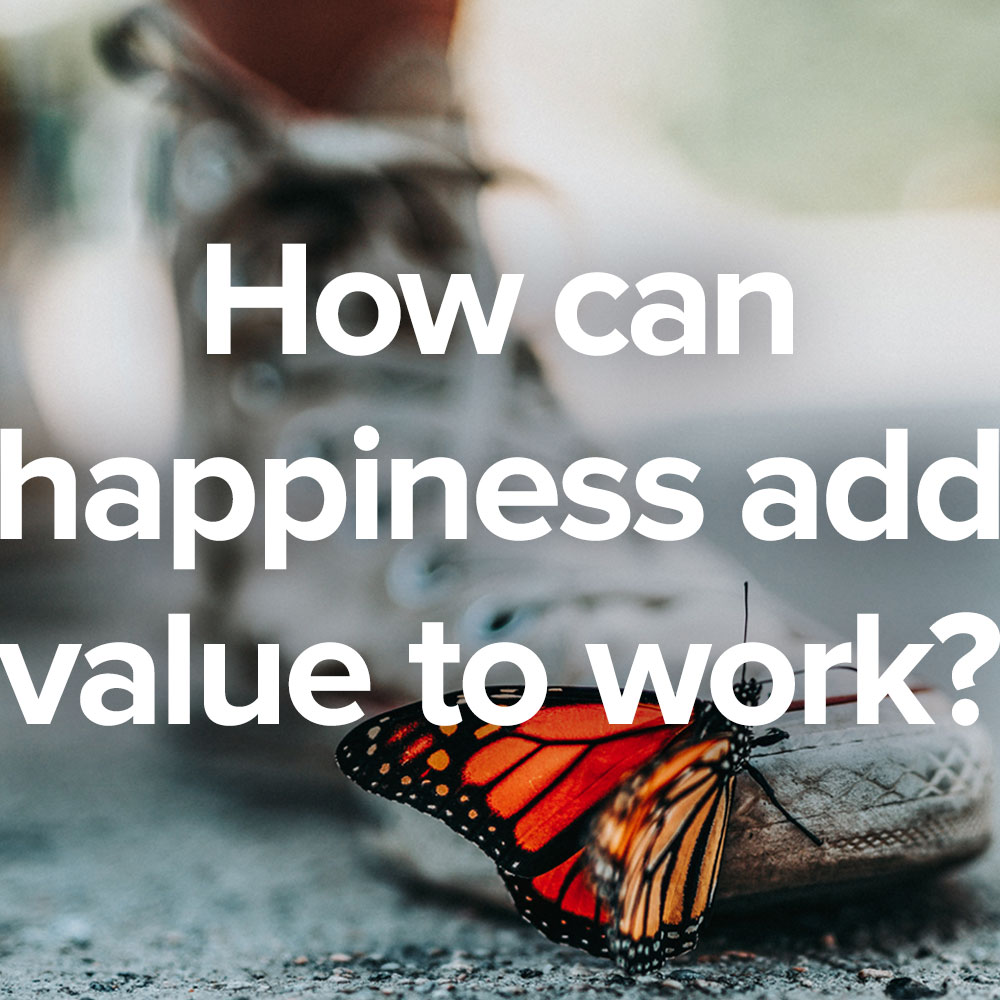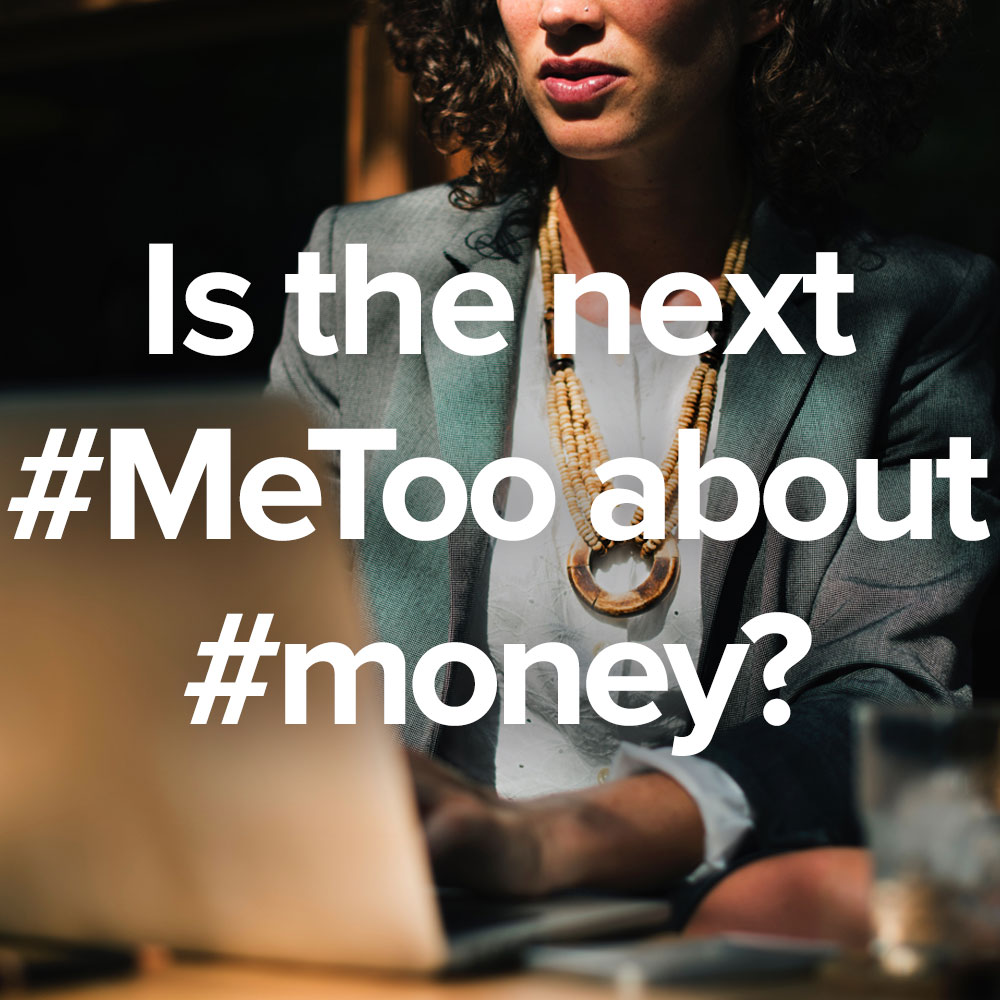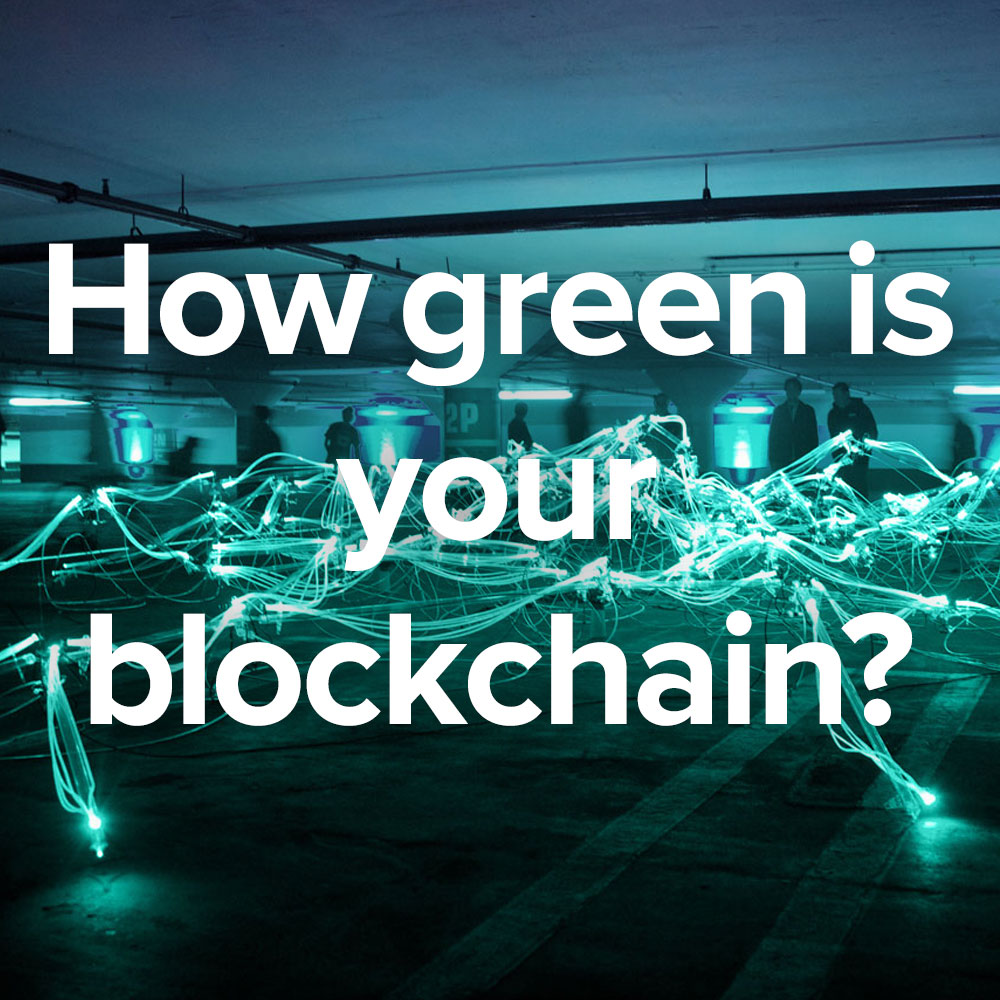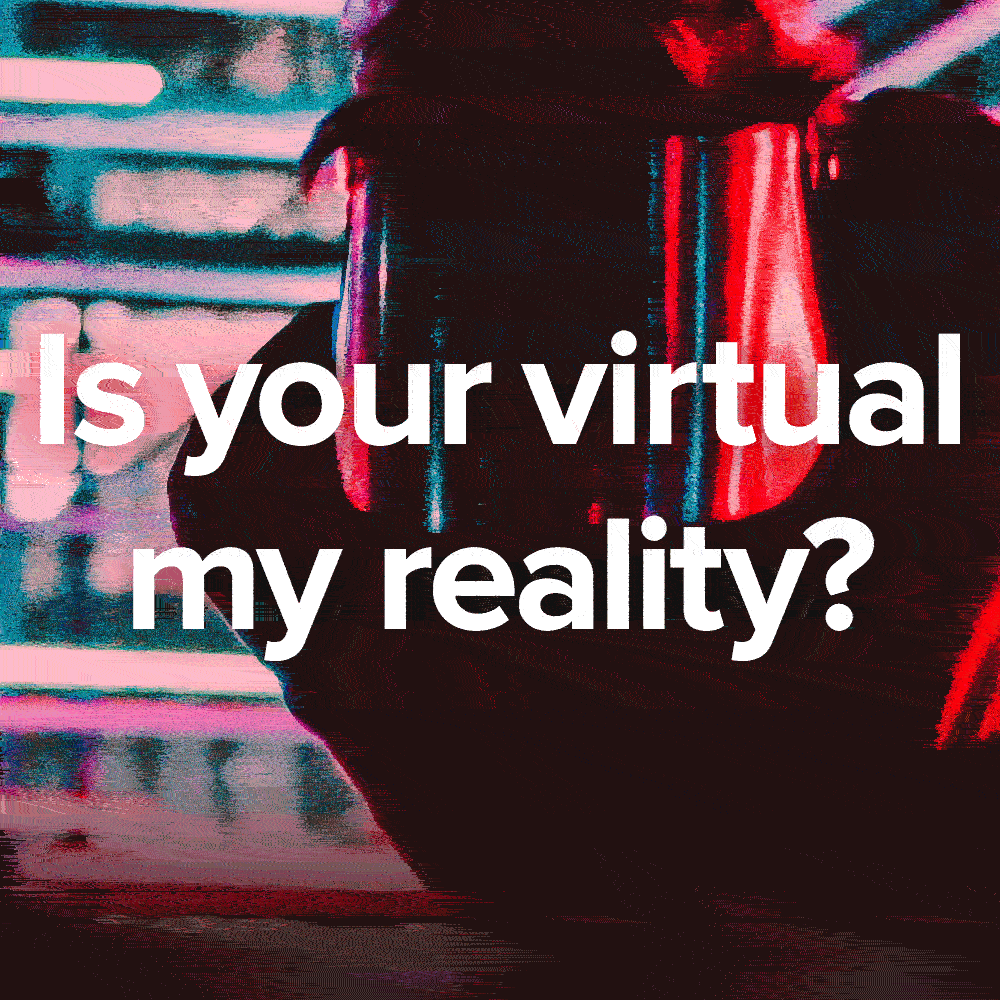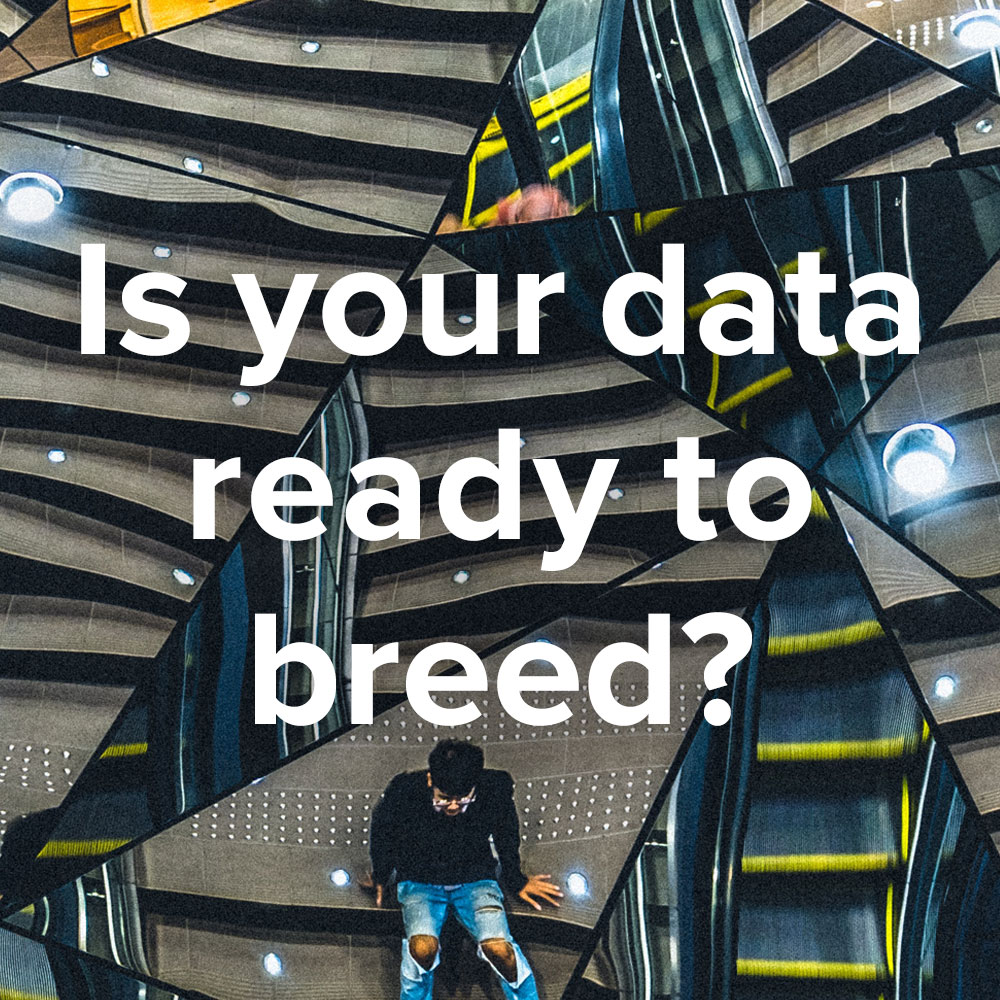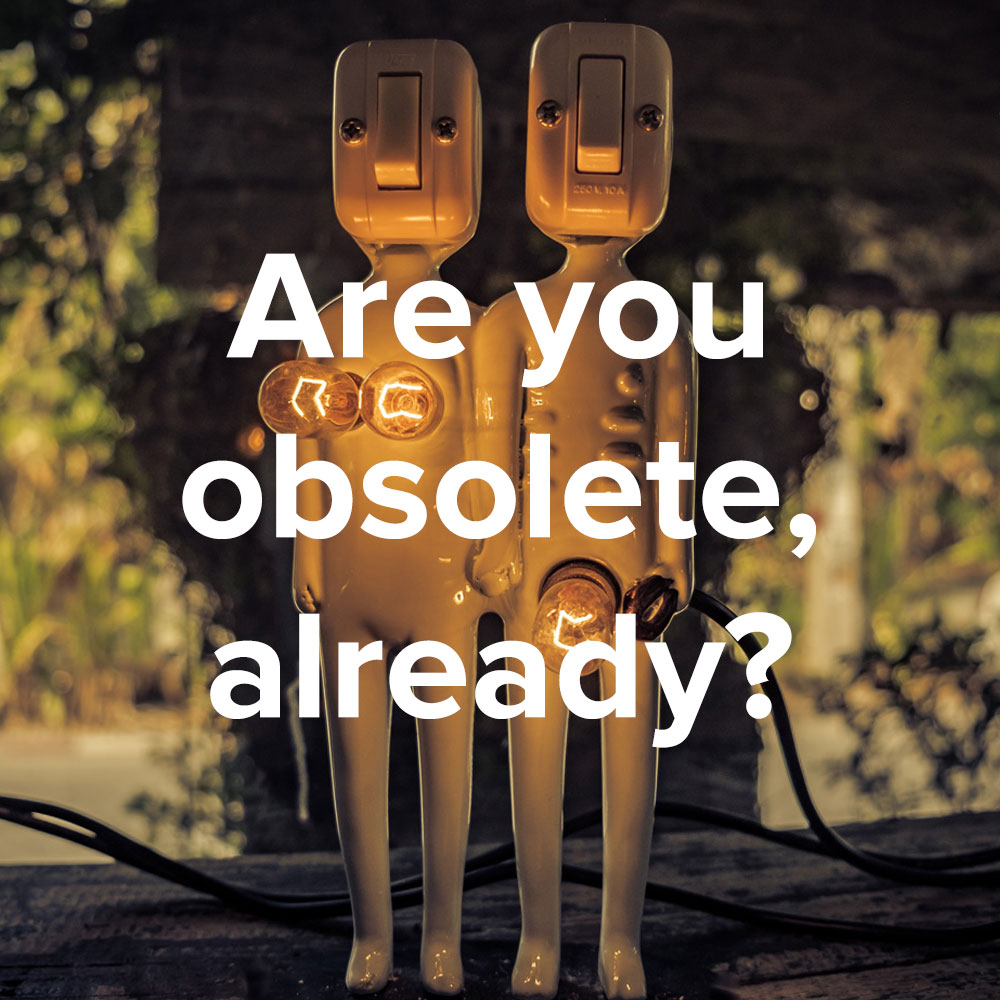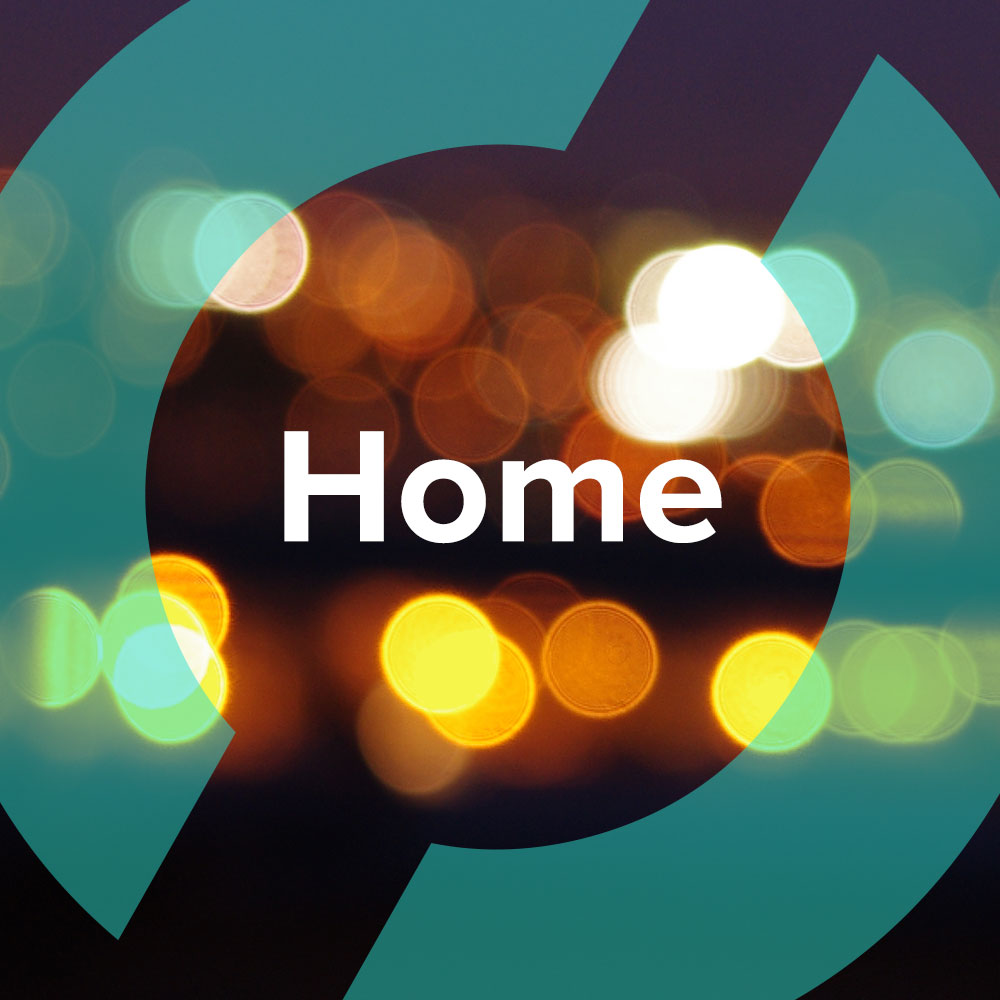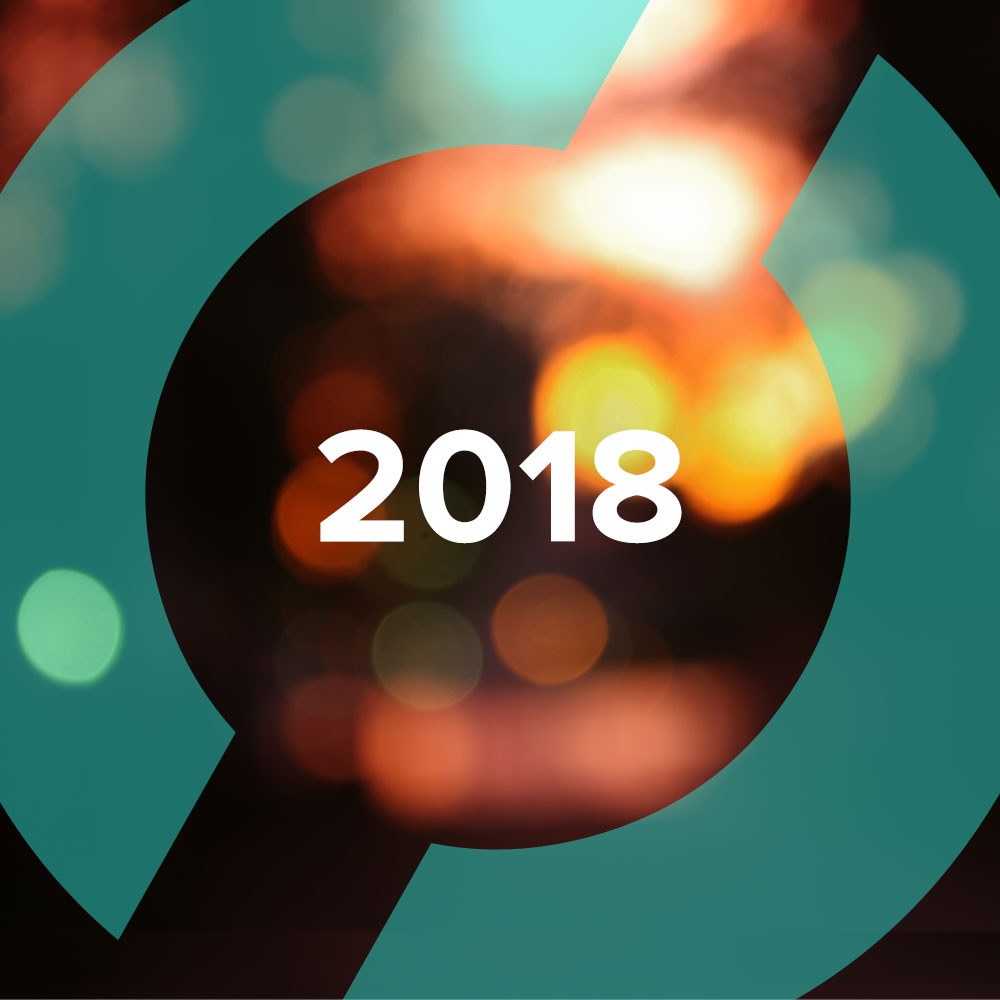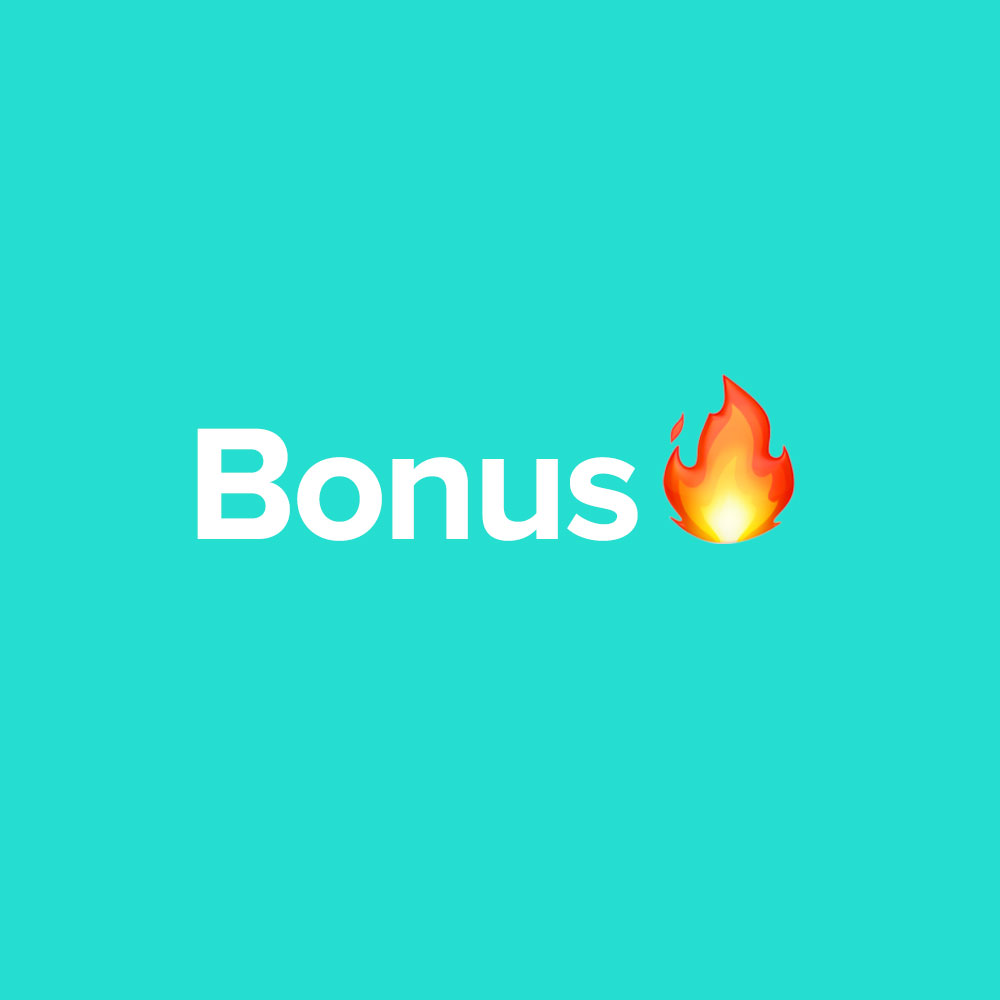OPEN Topics 2019 Pride and Gender (Copy)
AC on Pride and Gender.
This year, in particular, I have seen more people being critical of brands leveraging Pride month and doing Pride campaigns, especially the ones who are giving so little back in terms of percentage of profits.
— AC Dumlao
Program Manager at the Transgender Legal Defense & Education Fund (TLDEF) | Activist / Educator / Artist
— Mrs. Isola was my second-grade teacher at P.S. 89 in Elmhurst, New York, borough of Queens. I have no real memories of her, just a class picture, which is pretty much the point: Whatever I was supposed to be learning in school at the age of seven, I was tuning it out. I blame only myself. What did I miss? I’m not exactly sure, but later on in childhood, I realized that although I could write perfectly well (see what I did there?), I was not necessarily on a first-name basis with all the parts of a sentence. And I’m not talking about advanced stuff, say, gerunds. I’m talking about some embarrassingly core concepts, for example, pronouns. None of us back then had any idea of the deeper meaning pronouns would someday convey. They were just words.
Pronouns are important to AC Dumlao, whose website is “callmethey.com.” AC, queer transgender and non-binary, is a rising star in the LGBTQ world. They are the program manager for the Transgender Legal Defense and Education Fund in New York, and heavily involved in the organization’s Name Change Project. In that role, AC has a front seat in what is sometimes the theatre of the absurd: brand marketing to the LGBTQ community, especially now, during Pride month. They’re encouraged, frustrated, but also optimistic. They’re paying attention—and so am I.
DAVID CARSON INTERVIEW
Curiosity led me to David Carson, but our meeting was a long time coming.
David had been part of my network since my earliest days in New York. Like many designers, I've admired his free-spirited, rule-breaking design— exemplified in his work for hyper-influential Raygun music magazine, Samsung (https://medium.com/k95philosophy/david-carson-529ca4c9d32d), Nike, The Macallan Whiskey (https://www.themacallan.com/de/david-carson-archival-folio), skateboards ( https://www.sickboards.nl/nl/surfskate/33147-79160-carver-carson-proteus-33-surf-skate-complete.html#/2891-trucks-c7_raw) and so much more.
I first reached out to David pre-Covid to arrange a meeting in the Netherlands, where he was doing a design residency — and then came 2020.
Once I found out, however, that he was going to be speaking at the Cannes Lions International Festival of Creativity, I sent him a message and asked to meet him for lunch.
Et voilà, as soon as I crossed the street on my first morning in Cannes, David Carson stood right in front of me. I don’t know how I recognized him wearing a baseball cap and sunglasses, but I did … must be the designer’s eye.
Talking to David Carson reminded me of why I got into art and design in the first place, what I love about art and design, and why being in the creative field, and having “the eye,” is a powerful gift.
Enjoy this thought-provoking conversation on art, design, craft, and communication — and how curiosity is the key to longevity.
WHAT WOULD YOU CALL YOURSELF?
Yeah, I would say graphic designer. If you really wanna start analyzing and say, well, maybe it is more graphic arts, and then we have 'commercial artists,' nobody wants to be called that.
Recently, I’ve been consulting with a law firm on a case that is going to the (U.S.) Supreme Court about whether graphic design is art, and I thought, well, that’s interesting that they came to me — they didn’t go to the organizing body of the graphic design field, the American Institute of Graphic Artists, AIGA.
WHY DO YOU THINK THEY APPROACHED YOU?
I would guess that’s because these lawyers are hoping it goes in favor of that it’s art, and I would say that the AIGA, a kind of 'New York mafia' wing, for way too long has has been trying to make it more of a philosophy or science or business and get away from anything art. Graphic design seems to be a much devalued craft from when I started, even though people don’t seem to realize that it’s all graphic design in a sense.
DO YOU HAVE AN EXAMPLE OF THAT DEVALUATION?
This whole conference (Cannes Lions) is graphic design, yet there wasn’t a session about design, the importance of fonts, and the importance of the message you intend to show before someone starts reading — how do you feel about it, is it consistent? That is totally void from this conference. And then there is the AIGA, the biggest graphic design organization in the world, yet there it is not involved.
Design has devolved into all caps flush left Helvetica.
TAKING THAT LITERALLY, I'VE NOTICED THAT A LOT OF RECENT REBRANDING, ESPECIALLY WITH, SAY, HIGH-FASHION LABELS, HAS A LOOK OF SAMENESS, AND CONSIDERING THAT A LOGO IS SUPPOSED TO BE THE FACE OF YOUR BUSINESS, MAYBE ONLY USING HELVETICA TO SHOW YOUR ASPIRATIONS AND VALUES SEEMS A BIT LAZY.
WHICH LEADS ME TO ASK, ON THE TOPIC OF ASPIRATIONS AND VALUES, WHAT DO YOU SEE AS THE TYPICAL ROLE OF CREATIVES POST-2020, AND IN A PERFECT WORLD, WHAT SHOULD THAT ROLE BE?
Look, I enjoyed the award shows each night, as there was a lot of work of substance and good social projects, reflecting the human condition. I was pleasantly surprised to see the cause ads be celebrated. But I was also disappointed that the big winners were exactly what you would expect, like a funny team of funny people, getting in a car, starting their own business, and it’s all outrageous and funny and so advertising and then the most creative company in the world is ... Burger King? It’s like trying to convince people to buy stuff that they do not need, where is the satisfaction in that?
I am not seeing some dramatic change now that weʼve been through the pandemic.
But, that said, with the pandemic, the war, there is so much going on, maybe the role of design could be more important than ever and we should step up as designers.
FOR EXAMPLE?
I noticed every day for five days you you get a glossy magazine at the conference even though glossy paper is the worst thing for the environment, it doesn’t disappear, it’s bad for the water system. We need to call BS on that because we are all in favor of saving the planet and yet we have this horrific glossy oversized magazine every day from people who say they are trying to make the world a better place.
We should be calling out stuff like that; the problem is that designers are way too quiet and shy.
DO YOU THINK THAT YOUR ROLE AS A GRAPHIC DESIGNER HAS CHANGED?
Not dramatically. I feel that I am one of the few out there still pushing for artistic values and subjectivity, abstractness and the art value of graphic design.
SURELY YOU ARE NOT ALONE.
Maybe so. In some article, Graphic Designer and Cranbrook instructor Edward Fella* (born in 1938) (add link + SHOW WORK) said, wow, we’re the last two standing.
THE LAST 20, 30 YEARS HAVE BEEN TOUGH.
There was all this excitement in the air in the early '90s, with all this experimentation going on…
My role is to keep pushing by saying, yes, graphic design is art, yes, and it’s expressive. There are people who say, no, graphic design is not art, it’s supposed to communicate, so you’re saying that fine art doesn’t communicate? There are lots of ways to communicate.
I feel like a bit of a dying breed, and I do not see that changing anytime soon.
I’ve got all this work from these collages (SHOW) that I was just doing for fun, for the past couple of years and now they’re on Whiskey bottles and Porsches… so there are some good signs.
WHAT SURPRISED YOU MOST AT THE CANNES LIONS?
I was constantly surprised that every day people would come up to me and say, oh, wow, I didn’t know you were here, oh, gosh, I’ve followed you my whole career, you’re the reason I am in so and so.
So that’s nice, but also frustrating because there are still people here who want to learn, but that was not available at the conference. I tell students, people or whoever, no, you don’t have to let the software line up those columns for you and decide the distance between said columns, and they’re like oh wow, yeah! I mean this is basic, but we’ve just gotten so automatic and lazy in a sense. But let me add, I don’t dredge through each day saying it’s not the good old days, just pointing out.
ANYTHING ELSE?
Yes. You know how these events can sometimes skew younger? Watching all those Cannes Lions winners, it sure skews male. This is a male industry, heavy duty, it always has been but it was so graphic to watch, almost without exception, there would be one or two women and all these men like, yeah, yeah! (aggressive fist pump gesture!) I thought OK, so that hasn’t changed much.
SPEAKING OF CHANGES, WHAT ARE YOUR THOUGHTS ON THE METAVERSE AND DIGITAL ART?
That’s where everything is going. When I was driving in here from the airport, seeing statues, big heads mostly*, I'm thinking, wow, in the future, those will be interactive and won’t just be sculptures for birds to crap on. They’ll probably talk to you, probably hear you and tell about what they did.
*is he referring to La Tetê Carrée? An example of statues in Cannes
It is always so hard for each generation to realize that they are the super old-fashioned days, it’s like, "Remember 2022? They still used to have those old phones you had to unlock with a password, and you always had to charge.”
Statues are a great example of something that you can probably interact with in the future and not just drive by.
AND THIS MAKES YOU FEEL ... WHAT EXACTLY?
I do have basic issues with this development. Is this a good thing, that you never have to go out but just put this thing on your head and never leave your chair and yet see the world and do all these things? For certain groups if you’re bedridden or sick, maybe.
I think it’s inevitable … but I am a bit uneasy.
I HEARD YOU WERE STUCK IN THE CARIBBEAN FOR A YEAR? WHAT IS IT LIKE TO BE BACK IN THE STATES?
I never wanted that to happen. Now that I'm back, I don’t feel like, oh, well, now everything is different. Other than thinking, now is really a time to get out of the States, between the gun laws, the abortion thing and the whole Trump thing.
TELL ME MORE ABOUT LEAVING THE U.S.
Democracy was a great example and it failed, you just have to look at America, it didn’t work, it got us to Trump and the insane gun laws, and now old men telling women what they can do with their bodies.
Of course, there are wonderful places and people in the USA but it failed; Trump is the top contender for the next presidential campaign.
WHAT'S NEXT FOR YOU?
I’m still kind of doing what I’ve been doing, hobbies like surfing and traveling, checking emails to see if any cool jobs came in.
I was involved with a group that was doing an interactive, virtual-reality art museum, so that was pretty interesting.
And later this month, I’ll be meeting with this group in Scotland that is putting together a pretty interesting gaming thing for young professionals. I am intrigued by that because that is not an area that I have been involved in, and I would like to see how I can help with these environments to make them feel interesting or real.
DO YOU HAVE ANY TIPS FOR LONG-TERM RELEVANCE?
You can’t force it, you have to have that natural curiosity. I read an interview with David Byrne, who said that he still goes to all these clubs to check out new bands, to see who’s coming up, but all his friends and people over the years that he’s seen at all these events, none of them go anymore. And he said, what happened? Did they just lose their interest in new music, why is that? I look back to the early ʼ90s explosion of experimentation in graphic design and very few of those people I even hear from anymore.
YOU HAVE DEFINITELY STAYED RELEVANT.
Last year was so funny, I had my own whiskey that came out, I have a skateboard, surfboard, basketball, towel … to have your own skateboard and whiskey come out in the same year in your 60s is kinda funny.
My point: Just stay involved, because the reason you got into it hasn’t changed, your basic curiosity of art design, communicating, or whatever, so why let it go?
IT'S INSPIRATIONAL.
I’ve had a couple of comments on my talks where people say wow, you reminded me of why I got into graphic design and advertising. And when they ask me why I did, I say because it’s fun, it’s creative, you can make a living, you don’t have to dread watching the clock and wait for vacations, so it’s a great industry.
DOES IT TAKE CONFIDENCE?
It must on some level. I’ve never thought of myself as a particular person, but I never questioned the graphic design sensibility that I have. I don’t know where I got it but I've run with it.
For me, confidence, sometimes you have to work at it or you have to force it almost. I don’t have any question that I can take a menu and make it look better, whereas walking into a big room of strangers is a different type of confidence.
Even in talks I rely on the imagery because it’s so easy to talk about the work as opposed to yourself and,|"Tell us about this thing called design?"
DO YOU HAVE A DREAM PROJECT?
I’ve had a lot of them, from airlines to car companies to computer companies. But my dream project would be something that I haven’t done before, something that would give me a lot of creative freedom, something that is going to be visible and hopefully in an area that I haven’t worked in.
DO YOU DO ANYTHING DIFFERENTLY WHEN YOU WORK WITH LARGE CONSERVATIVE CORPORATIONS?
For me, the solution always comes from the brief itself, what is it we’re trying to say, who’s the audience — all those things that all designers use and I can’t look at that and not get some feelings … Like ok, let’s go in this direction … whatever it is, that sets me going.
I’ve done Microsoft, Armani, a very conservative electric company. It’s fine-tuning, it’s the little details that a designer should be able to do as well, not just all the crazy fun stuff or stuff that people remember from Raygun music magazine — it’s part of the craft. (ADD IMAGE) As a graphic designer, you should be able to do a very conservative corporate insurance company and an off-the-wall skateboard company, and I can, I can make them both better.
(NOTE TO SELF: Actually the craft of design would be a great workshop at the Cannes Lions
Because a lot of the things that you would be able to teach/lead can work with creating a campaign or a metaverse experience because there is a human element in your work And we are creating for human beings)
WHAT DO YOU SEE AS ONE OF THE BIGGEST CHALLENGES FOR DESIGNERS TODAY?
Many designers are relying on the software to make decisions for them, but you make those decisions, that’s why you became a designer, that’s why someone hired you, for your eye, not for your software expertise.
If they did, there are a million people out there that know programs really well. Which is why it becomes more important than ever to make the work come more from you and not the software, then if you work that way, you’re gonna enjoy it more, you’re going to do your best work, and it’s not going to feel like work, you’re going to have some ownership.
WHAT ARE SOME OF THE CHALLENGES OF WORKING WITH LARGE CORPORATIONS?
Sometimes at large corporations, the art director, who may or may not be a designer, comes up with a really basic little plan for an idea, then turns it in to an outside company at night, and then in the morning, picks up the deck. The outside company (consultancy) made all these decisions about this and that and then you take credit for it, and I just think, wow, it’s so removed from anyone actually designing it.
It’s all about how quickly can we get this looking like it’s on a billboard, a watch and everything. And it basically works, but it could go to the next level where people feel it, not just like the new colors of the front of the phone, or the horse jumping in the field in an ad.
The ads already have the brand name and something on the four corners of the ad, that doesn’t change, so it’s just about dropping in the photo of phone.
That’s the problem with a lot of areas, it basically works, but you rarely see anything terrible and you rarely see anything great. It’s a curse, in a way.
PARTING THOUGHTS ON THE CANNES LIONS, WHAT YOU’VE SEEN, EXPERIENCED AND WHAT YOU WOULD LIKE TO SEE MORE OF.
Overall, it’s a great event, it’s a great area. I’m definitely planning on coming back, but as a graphic designer I was a little disappointed, I didn’t see anything that really addressed design and there were a lot of designers in the audience, I met a lot of them.
I’d like to see them get a little bit more back to the craft. Graphic design, regardless of the medium, screen, tablets or whatever, it might even be paper — that’s OK too — is huge, and I didn’t see it addressed.
I often missed good sessions, but I didn’t see ones that sounded like they were addressing that, so hopefully next year, we’ll see a little more of that.
WHAT TYPE OF SESSION WOULD YOU LIKE TO SEE AT THE NEXT CANNES LIONS?
How can you take your craft and actually improve the message that you are sending, not by funny copywriting or tricky copywriting, but by showing the feeling of what they are saying. That’s harder to do. That’s why you do need a specialist who really has that eye; if you don’t have that eye, you’re never gonna do amazing work, you’re gonna do solid work, it’s a little bit like committee group decisions, you’ll rarely get anything horrible and you’ll rarely get anything great.
It’ll be okay, it’ll be like, I can live with that, it works, it functions, you’ve got enough people to sign off on it, and out it goes into the world. Nobody hates it, but nobody loves it, nobody’s referencing it, nobody’s trying to copy it, and that’s where the majority of the work ends up.
It’s about using emotion and humanness to help send a message, that’s the area that’s the most fulfilling to work in and potentially really powerful.
Thank you for meeting me David and your inspiring insight, despite being under the weather and our waitress seemingly having a day from hell.
P.S. Want to learn more? Check out his Masterclass at https://www.masterclass.com/classes/david-carson-teaches-graphic-design
“Transgender people are in the minority, but because these issues are at the forefront, and the general public is now more on board with the transgender rights movement and want to be allies; all of that is who brands are appealing to. They are the people who are buying the products.”
Maybe I’m too skeptical, because I have my doubts, but does the attention brands are giving gender fluidity feel authentic to you? And if you think brands are being inauthentic, is it obvious? Is it just marketing?
This is a huge question right now, and you know, there is no ethical consumption under capitalism. For any for-profit company to exist, they must marketing products to make money. There will be differing levels of authenticity or inauthenticity because money is involved. This is a big thing being discussed right now, particularly because it’s June 2019, the 50th anniversary of the Stonewall Uprising: the birth of the modern LGBTQ+ rights movement as we know it. This year there’s been, more so than I’ve ever seen, is something called ‘rainbow capitalism,’ basically, brands adding rainbows to everything. There’s varying degrees of what's behind the rainbow.
Oh, you mean, sort of like the winter holiday displays in Manhattan department-store windows, only it’s springtime?
Literally, I work off of 5th Avenue here, and all of the stores just changed all of their storefront windows to be rainbow something. They’ll make a Pride Collection with T-shirts or other apparel, and then some percentage of these T-shirts will go back to a LGBTQ+ non-profit or organization. What’s interesting is seeing the two sides of it.
Two sides?
Right. On one side, this year, I’m actually seeing a lot of transgender and non-binary people pushing the bounds of gender being in these advertisements. I’m particularly thinking of the H&M Stay True, Stay You campaign, which stars Laverne Cox, a black trans woman and activist from the show “Orange Is the New Black,” and she’s in that campaign. This black trans woman is the face a national H&M campaign. It's amazing.
On the other side, people are really looking to see how much these brands are actually giving back. To stay on the H&M brand, they’re giving proceeds from their sales to the United Nations Free & Equal Campaign, but only 10%. There are other brands who are doing up to a cap, like Reebok donation a portion of their proceeds of their Pride Campaign up to up to $50,000. Then there are brings giving 100% of their proceeds on certain items, like Ralph Lauren’s Pride month capsule collection’s t-shirt…
Which comes across as confusing, in the end?
On the surface, all the rainbows look the same, but behind those rainbows, there are different levels of actual charity going on, and it can be difficult to navigate ... Im observing people digging into which brands are worth purchasing from. Whether these brands are putting rainbows on their apparel just because they want to make money off of LGBTQ+ people and, furthermore, to capitalize on this moment we’re in where there is the most support for trans and non-binary people in the U.S. than ever before.
As someone who is both a non-binary gender and a first-generation Filipino-American, where do you stand on all this, then?
I’m finding it hard to figure out where I stand because I’m becoming someone who is a, I hate the word “influencer,” but I do have brands reaching out to me. I’m not Laverne Cox, but I have been asked to do sponsorships on Instagram. In my head, it’s a push and pull: Would it be authentic for me to advertise shoes for this brand? If my goal is to increase awareness of expansive genders, doing sponsorships does increase visibility for people like me: a transgender, non-binary person who uses the pronouns “they” and “them.” On top of that, I’m a 5 foot 2, petite, “average” sized, Filipino person of color. I have brown skin, a round face, and a wide nose. I’m nothing like a stereotypical model, who is usually androgynous, white, European featured, skinny, and 7 feet tall. I want the world to know that there is no one way to “look transgender” or “look non-binary.”
I’m constantly thinking about visibility and awareness and, kind of, the actual authenticity of where it falls. I’m going to see where it goes.
So, are you doing any of the Instagram advertising?
Yes. I am doing a few this month. I’m doing one for TomboyX. TomboyX is an underwear brand, a queer-owned underwear brand that has a special collection that has a rainbow band on their bras and tops and underwear. With that, choosing to say “yes” to that and to do that, is because it is an LGBTQ+-owned brand. They are a brand that advertises specifically to the queer and trans community all year round, not only during Pride month in June. That is something that they have that a lot of other huge corporations don’t have, that authenticity of ownership.
Sponsorships are very new to me. I’m becoming a lot more visible in a way that I’m kind of navigating what my responsibility is to my followers and my fans of what authentic means for me. “Authentic” is a word I think about a lot. Yes, I did say yes to that specific brand.
Sounds like you’re in a tough position. Everything you do you have to think through.
Yes.
And anticipate wider reactions.
Yeah. I have my Bachelor’s degree in drama, and I focused on theater directing. I think my brain is always thinking about the optics: what I’m doing, where I am in the world. I’m particularly aware of my social-media presence and what my “brand” is, what my voice is. I feel compelled to create content constantly and make sure that I sound authentic. Which is at odds because I'm being very, I don't want to say calculated, but I'm very thoughtful about everything that I put online.
Cause it’s forever.
I know that everything will always exist once it’s on the World Wide Web. Even if I delete a Tweet, it still lives somewhere in the Internet. I think about all these things very much, to the dismay of my partner, I should add, who thinks I overthink too many things and should say yes to more brand deals. We can butt heads about that, but I think my approach has been successful so far, in that I still feel good about who I am being on the Internet and in real life. Beyond that, my biggest goal is to increase visibility and awareness for transgender and non-binary people and to, it sounds very cliché, but to change hearts and minds, and to use that experience to help people feel comfortable with being themselves.
Marsha P. Johnson and Sylvia Rivera of the Street Transvestite Action Revolutionaries (S.T.A.R) at the Christopher Street Liberation Day, Gay Pride Parade, NYC (24 June 1973). Photographer Leonard Fink
“This year, to date, nine transgender women have been murdered in the US. We’re celebrating the 50th anniversary of Stonewall, at which two of its leaders, Sylvia Rivera and Marsha P. Johnson, were trans women of color. Taking this all into account and thinking about the most vulnerable in our communities, there is a real need for people to show their allyship, beyond just throwing a rainbow on something.”
What kind of broad reaction among the people you work with and so on, are you seeing to these rainbow brand campaigns?
I think the reaction has been pretty critical, but I also run in a very progressive, left-leaning circle. I don’t know what I could say for the everyday LGBTQ+ person. There is a heightened awareness, I think, because also we’re living in such a critical time in the U.S. This year, to date, nine transgender women have been murdered in our country. Most recently, one was reported on June 6th. We’re celebrating the 50th anniversary of Stonewall, at which two of its leaders, Sylvia Rivera and Marsha P. Johnson, were trans women of color. Taking this all into account and thinking about those who are most vulnerable in our communities, there is that real need for people to show their allyship, beyond just throwing a rainbow on something.
Do you expect all these rainbows to be gone when Pride month ends?
That is a big rallying cry across people who are calling out this kind of rainbow capitalism of, “Oh, you just show up for June and then you leave,” and you see all of the rainbows come down. I think that this year, in particular, I have seen more people being critical of brands leveraging Pride month and doing Pride campaigns, especially the ones who are giving so little back in terms of percentage of profits. There are brands that make rainbow stuff and have no mention of giving back to any kind of charity.
“Brands throw a rainbow on a product and put the word ‘love’ in it and think that makes it LGBTQ+ themed, but I think that that is kind of more for the masses, and within my communities, we’re looking at that and rolling our eyes because it’s so vague.”
Authenticity issues aside, though, I would think there are benefits from the increased brand presence?
Yes. I think that people are really going to be so further aware of all these issues, even people who aren’t necessarily plugged into the LGBTQ+ community. Generally, this June 2019, just more than ever, I’ve been seeing brands come out and interpret their way of being supportive or reacting to this moment.
Are you hearing, reading, feeling, brand affinity among the transgender community toward these brands? Are you seeing social media people talking to each other about them? Are you hearing people wherever you hang out, in your office or wherever, commenting?
In the groups I run in, we’ve spent a lot of time making fun of all of the, honestly, sometimes ugly rainbow stuff. When I see something that’s truly egregious and the graphic design is terrible, I take a picture of it, and I send it to a group chat of my queer and trans friends and I'm like, "Look at this silly thing."
Brands throw a rainbow on a product and put the word “love” in it and think that makes it LGBTQ+ themed, but I think that that is kind of more for the masses, and within my communities, we’re looking at that and rolling our eyes because it’s so vague.
You’re looking for more specificity from them.
I think what we’re looking for is specificity that relates to authenticity, to see a shirt or something that has a trans flag on it or is a trans-specific item or is relating to someone's pronouns or something like that. But that's not what’s being made right now by these corporations. Corporations are still kind of appealing to the wider LGBTQ+ umbrella and rainbow.
Nature abhors a vacuum, of course.
Well, that’s where independent creators come in, selling their own merchandise. People making the clothes that they want to see, with the phrases they want. I, myself, I make stickers for non-binary and transgender folks because I don’t know if we're ever going to see a big corporation making specifically transgender-focused phrased clothing. Who knows? Maybe they will. Maybe it will be the next hot thing.
My feeling is that it’s tough for people to market successfully to people not like them. Not exactly a moral argument for diversity in companies, but an argument for it nonetheless. So, let me ask this in that context: Are brands hiring people from your community? Could they be doing more in that regard? Would it help them relate (and sell their products) if they did?
Yes, absolutely. All of these brands should be hiring transgender people to be on their teams. It’s exactly what you’re saying. To really understand how to market to a certain group without that group having a voice, there’s always going to be something missing.
And as my friend who’s a teacher puts it, it’s not necessarily only about branding. It’s kind of like when you’re in your kitchen pantry, and you're looking through your cabinets not being able to find something. When you have the actual person from the minority group there, when you bring the transgender person onto your team, it’s not that they help you find the thing that's missing, but more that they say, “Oh, have you seen this cabinet over here that you never even knew was there?” There’s always going to be that missing piece if the minority group that's being appealed to isn’t part of the conversation.
What’s difficult is that this is coupled with so many things. The fact that transgender people compared to cisgender people have many fewer opportunities, don’t have the same kind of access in job-seeking.
Hiring trans people is one thing. Overall, and this is such a big ask, the whole culture needs to shift in its acceptance and understanding of trans communities, so all transgender people feel good and safe being out in the workplace. We’ll pass the transgender tipping point when, beyond work, each trans person is respected and lives free from discrimination.
Thank you for sharing your insights into gender and the LGBTQ community. We promise to be more aware. Happy Pride 365 days a year!





